You’ve probably heard that NASCAR has become a really big deal. You may even know a couple of closet racing fanatics 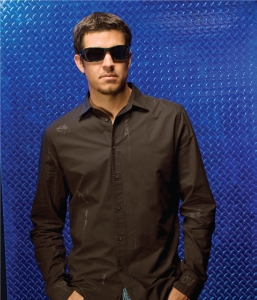 yourself. But let’s be honest— New Jersey is hardly a breeding ground for stock-car racing talent. Well, just don’t tell that to the folks in Ocean County. Every weekend they root for one of their own, MARTIN TRUEX JR., to take the checkered flag against the likes of living legends Jimmie Johnson, Jeff Gordon and another “junior”—Dale Earnhardt. How does a world-class racer go from the dirt tracks of South Jersey to the legendary ovals and super speedways of NASCAR? Turns out, it’s all in the family.
yourself. But let’s be honest— New Jersey is hardly a breeding ground for stock-car racing talent. Well, just don’t tell that to the folks in Ocean County. Every weekend they root for one of their own, MARTIN TRUEX JR., to take the checkered flag against the likes of living legends Jimmie Johnson, Jeff Gordon and another “junior”—Dale Earnhardt. How does a world-class racer go from the dirt tracks of South Jersey to the legendary ovals and super speedways of NASCAR? Turns out, it’s all in the family.
EDGE: Your father was a short-track racing legend in the northeast, and also the local “Clam King”—the owner of a large seafood business here in New Jersey. What do you learn from a family culture like that?
MT: Well, it’s a little bit different from what most people grow up around. My dad was a businessman who raced as a hobby, but he was very serious about it. He had aspirations of moving up and running in the big time—which he did, but he never had the equipment to drive for a living. Obviously he put a lot into it. His passion for racing is one of the things that made him successful in business, because he knew he had to make money to go racing.
EDGE: So you understood the connection between passion and work ethic?
MT: Yes, I did. My dad worked really hard so he could go racing. That’s what I learned from him, that you have to work hard for something. And that to be a racer you really have to want to do it, because there are thousands of people who want to do it, too. You won’t get that chance without working hard and taking it seriously.
EDGE: When you and Martin Sr. talked about racing, did you focus much on the danger of the sport?
MT: No. As a racer you worry about how you can go faster, how you can do better than the guy in front of you. I don’t think anyone who has raced for a long time worries about the danger of it. You’re passionate about winning, and all that other stuff is just secondary.
EDGE: How was the competition in South Jersey when you were growing up?

MT: When I was racing in Jersey it was never what I’d call a “hotbed.” There were only a few places we could go. But there was good competition. So I was able to learn the ropes and refine my techniques at a young age. That had a lot to do with why I became successful.
EDGE: Did you feel at home behind the wheel when you first began competing as a teenager?
MT: Racing was something I was interested in long before I got to do it. The will to get into racing was there for a long time. I was able to learn a lot from my dad—I didn’t just go and watch him race. I really paid attention to what was going on. I hung out in the shop, worked on the cars and tried to learn as much as I could. When I first got into a race car it was second nature. I felt I’d been doing it all my life. It felt natural to me.
EDGE: Your younger brother, Ryan, has gotten off to a fast start in his career. Do you think you two had a similar feel for racing?
MT: Yeah, I think we did. One day he came to my father and me and said, “I want to race.” We’d never really appreciated his interest in it, but once Ryan started, we could tell that he really knew what he was doing. He had been paying attention, he had been learning—almost with no one even noticing it. Right off the bat he was fast, and right off the bat he’s been winning. When Ryan got into a car, he clearly understood racing. He’s going to be running some Nationwide races this year and he’s only 18! That tells you how quickly he’s learned and how well he’s been able to adapt to different cars in different situations.
EDGE: You won back-to-back Busch championships in 2004 and 2005. Obviously, at that point you knew you could be successful at the top levels of auto racing. Looking back, what was your Eureka Moment—the time when you first thought to yourself, “Oh, man. I can do this!”
MT: As soon as I got in [Dale Earnhardt Jr.’s] Chance 2 car in 2003, I knew right away. The first time we ran, no one was expecting much and I had a shot at winning that race. I knew at that moment that this was my opportunity, and that I had to take advantage of it. I knew we could do it. With the crew we had and the equipment we had, I knew it was possible to win. From that moment on I was able to focus on what I needed to do as a driver and as a member of a team. And I had a great team. So we went into 2004 with a ton of confidence. We knew we could win races…and we ended up winning the championship.
EDGE: At the Daytona 500 in 2010, you were right there at the end, leading the race.
MT: Yeah. We had as good a shot as anyone. We were leading right up until the end. It’s hard to be the leader at the end of the restrictor plate races because you’re kind of a sitting duck.
EDGE: That’s an example of how razor-thin the difference is between winning a race and coming in, say sixth, which you did—just a couple of seconds behind the winner.
MT: It all comes down to circumstances. It takes not only your decisions but the decisions of the other drivers to determine the outcome. If two or three other guys had made different moves, and then I had made a different move, the outcome would have been completely different.
EDGE: Do you look back and say I should have done such-and-such differently?
MT: It’s really hard to second-guess, hard to look back. Obviously I wanted to win the race—that’s what I was there for—but there were 10 or 15 guys who could have won that race! So it’s a little bit of a crapshoot. That’s just the way it goes. You don’t think too much about the past, you just learn from it—and hope you do better the next time and win.
EDGE: One of the great challenges in any sport is filling the shoes of a legend. In 2010, you were hired to replace one of the all-time greats, Michael Waltrip, a two-time winner of the Daytona 500. And you were hired by Michael Waltrip— talk about pressure!
MT: No, working with Michael has just been a blast. When he got out of the car, he wasn’t looking for a guy who was “as good as me”—he was looking for someone he thought was better, because he wants his car to run up front. To have him pick me, that was a cool feeling. To be honest, it reminded me of when I was 18 and my dad was still racing in the Busch North series. We were planning on running a few races together and seeing what happened. We ran one race and he retired. He said, “I realize you’ve got a great opportunity to do what I always wanted to do. I’m going to quit right here and put all I can behind you to get you ready to go.”
EDGE: It’s the NASCAR version of the Circle of Life.
MT: I guess. But I can’t imagine stepping out of the car and handing over the keys, per se, to someone I thought would do a better job. It just blows my mind. I love racing so much, I can’t imagine being in a position where I’d do that. And for my brother Michael, racing’s all he’s known and done. He is so passionate about it. So that really showed his true character—and made me very proud. It makes me want to do a good job for him.
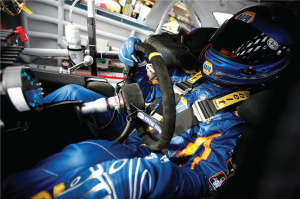 EDGE: The main sponsor of your car is NAPA. Do you have much interaction with them?
EDGE: The main sponsor of your car is NAPA. Do you have much interaction with them?
MT: NAPA Auto Parts has been a huge part of this sport for a long time, so it’s an honor to drive the race car for them and be the face of NAPA. Being a part of the company, of the storeowners and employees, that part’s actually been a lot of fun.
EDGE: Does winning a race ever get old? Do you still get the same thrill you did when you were a teenager?
MT: To be honest, these days, at this level, wins are so much more difficult to come by that it’s better. The harder they are to get the sweeter they are!
EDGE: When you return to New Jersey for the holidays to visit friends and family, is there any one place that is special to you?
MT: The Jersey Mike’s in Manahawkin. My friends and I spent a lot of time in there. You know how on TV you have those restaurants the high school kids use as their hangout place? That was ours. That place will always be special.
EDGE: A lot of people who grow up in Jersey don’t truly appreciate it until they’ve left. What is it about the Garden State that you remember most fondly?
MT: The thing I appreciate, having grown up at the Jersey Shore, is the natural diversity of the state. Where I lived in Ocean County I could go five minutes and be out on the bay fishing, or go five minutes in the other direction and be out in the woods hunting. But with my family being in the seafood business and me loving to fish, the salt water is what I miss the most. Jersey sometimes has a bad reputation, but if you ask me, it’s a pretty great place to live.
 Pancreatic Cancer May Not Be A Death Sentence When we hear the words Pancreatic Cancer we shudder. And rightfully so. By the time the first symptoms develop—unexplained abdominal pain, weight loss, poor appetite, jaundice—and the tumor is picked up by a CT scan or MRI, the disease is uniformly fatal. According to Dr. Dan Ramasamy, a gastroenterologist at the Center for Digestive Diseases in Union, Pancreatic Cancer actually can be cured—when caught in its earliest stages. Early stage diagnosis is accomplished through Endoscopic Ultrasound (EUS). A special ultrasound device installed on the tip of the endoscope enables examination from the stomach through to the pancreas. With EUS, the pancreas can be visualized with high-quality ultrasound images, detecting tumors as small as a few millimeters, which can be missed by a CT Scan or MRI. According to Dr. Ramasamy, who performs this procedure, a biopsy can be taken through the stomach wall with fine needle aspiration (FNA) and sent for evaluation. If still in its earliest stage, the cancer is curable by surgery.
Pancreatic Cancer May Not Be A Death Sentence When we hear the words Pancreatic Cancer we shudder. And rightfully so. By the time the first symptoms develop—unexplained abdominal pain, weight loss, poor appetite, jaundice—and the tumor is picked up by a CT scan or MRI, the disease is uniformly fatal. According to Dr. Dan Ramasamy, a gastroenterologist at the Center for Digestive Diseases in Union, Pancreatic Cancer actually can be cured—when caught in its earliest stages. Early stage diagnosis is accomplished through Endoscopic Ultrasound (EUS). A special ultrasound device installed on the tip of the endoscope enables examination from the stomach through to the pancreas. With EUS, the pancreas can be visualized with high-quality ultrasound images, detecting tumors as small as a few millimeters, which can be missed by a CT Scan or MRI. According to Dr. Ramasamy, who performs this procedure, a biopsy can be taken through the stomach wall with fine needle aspiration (FNA) and sent for evaluation. If still in its earliest stage, the cancer is curable by surgery. are more likely than children of average intelligence to be heavy drinkers when they grow up. The studies—National Longitudinal Study of Adolescent Health (US) and National Child Development Study (UK)—took into account religion, sex, race, ethnicity, marital status, number of children, education, earnings, satisfaction with life, frequency of socialization with friends, depression, number of recent sex partners, childhood social class, mother’s education, and father’s education—and still came up with the same results. Satoshi Kanazawa, an evolutionary psychologist and author of Why Beautiful People Have More Daughters, offered one interesting theory for this phenomenon. Intelligent people aremore likely to be “early adopters,” so it makes sense they would adopt beer, wine and distilled spirits—which are acquired tastes as opposed to evolutionary staples.
are more likely than children of average intelligence to be heavy drinkers when they grow up. The studies—National Longitudinal Study of Adolescent Health (US) and National Child Development Study (UK)—took into account religion, sex, race, ethnicity, marital status, number of children, education, earnings, satisfaction with life, frequency of socialization with friends, depression, number of recent sex partners, childhood social class, mother’s education, and father’s education—and still came up with the same results. Satoshi Kanazawa, an evolutionary psychologist and author of Why Beautiful People Have More Daughters, offered one interesting theory for this phenomenon. Intelligent people aremore likely to be “early adopters,” so it makes sense they would adopt beer, wine and distilled spirits—which are acquired tastes as opposed to evolutionary staples. Stamping Out Alzheimer’s The effort to understand, treat and perhaps ultimately prevent Alzheimer’s Disease depends on raising funds and awareness. In May, these goals got some help from Maryland Senator Barbara Mikulski, who introduced a resolution in the House of Representatives urging the U.S. Postal Service to issue a special stamp to help raise money for Alzheimer’s research. Mikulski’s own father was one of an estimated 5.4million Americans diagnosed with the disease. By voluntarily paying more than the normal postage rate for the Alzheimer’s stamp, people would contribute directly to the search for a new treatment or a cure.
Stamping Out Alzheimer’s The effort to understand, treat and perhaps ultimately prevent Alzheimer’s Disease depends on raising funds and awareness. In May, these goals got some help from Maryland Senator Barbara Mikulski, who introduced a resolution in the House of Representatives urging the U.S. Postal Service to issue a special stamp to help raise money for Alzheimer’s research. Mikulski’s own father was one of an estimated 5.4million Americans diagnosed with the disease. By voluntarily paying more than the normal postage rate for the Alzheimer’s stamp, people would contribute directly to the search for a new treatment or a cure.

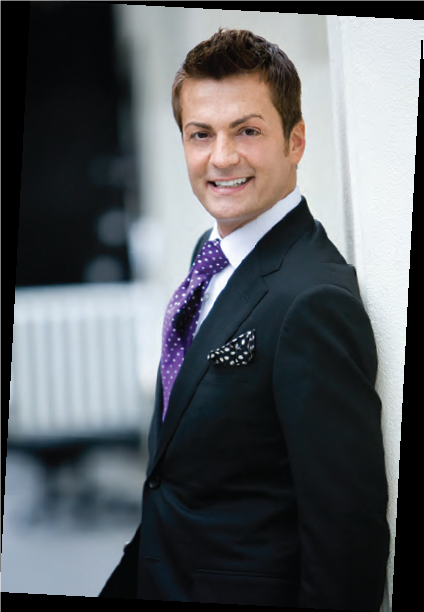
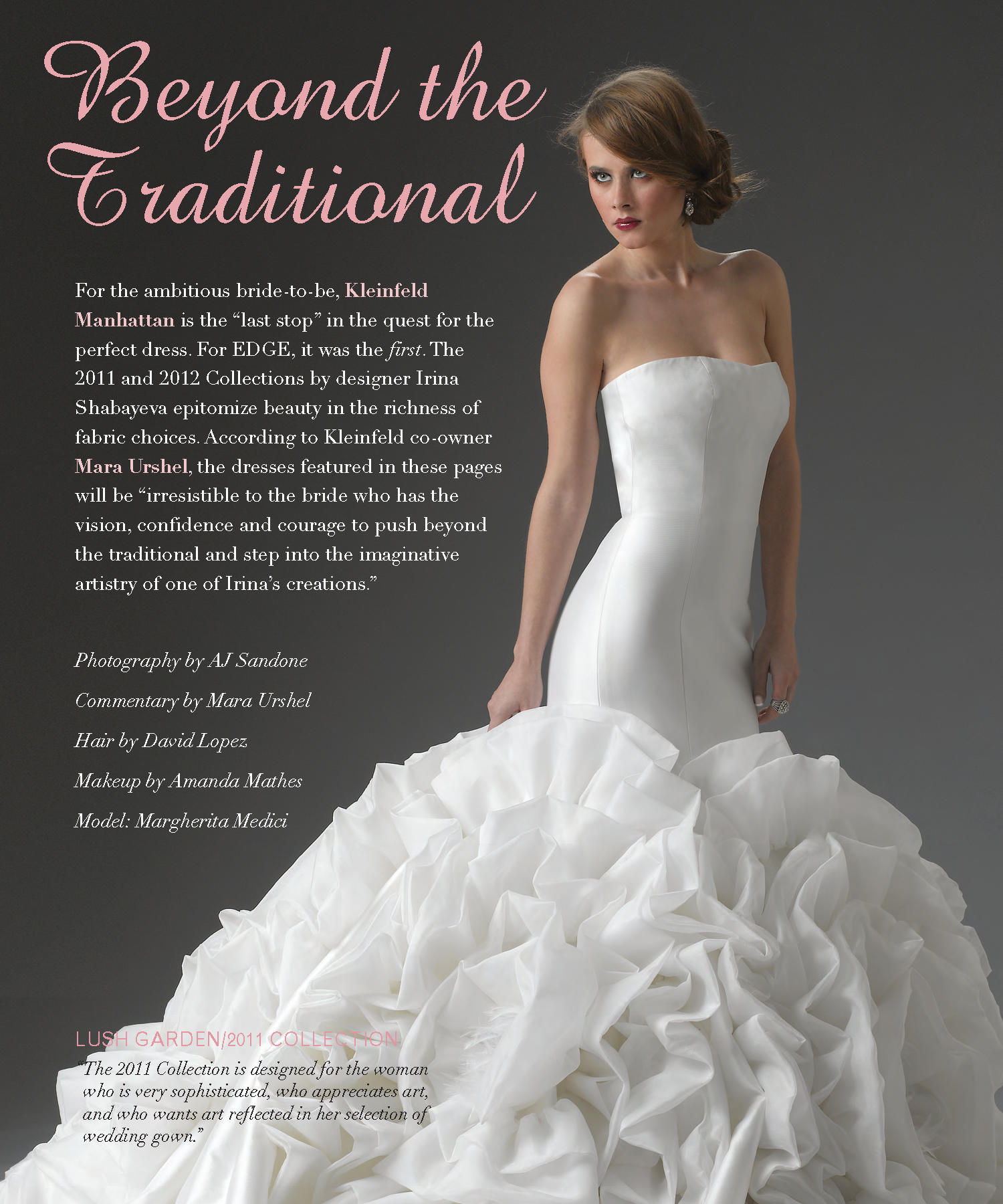

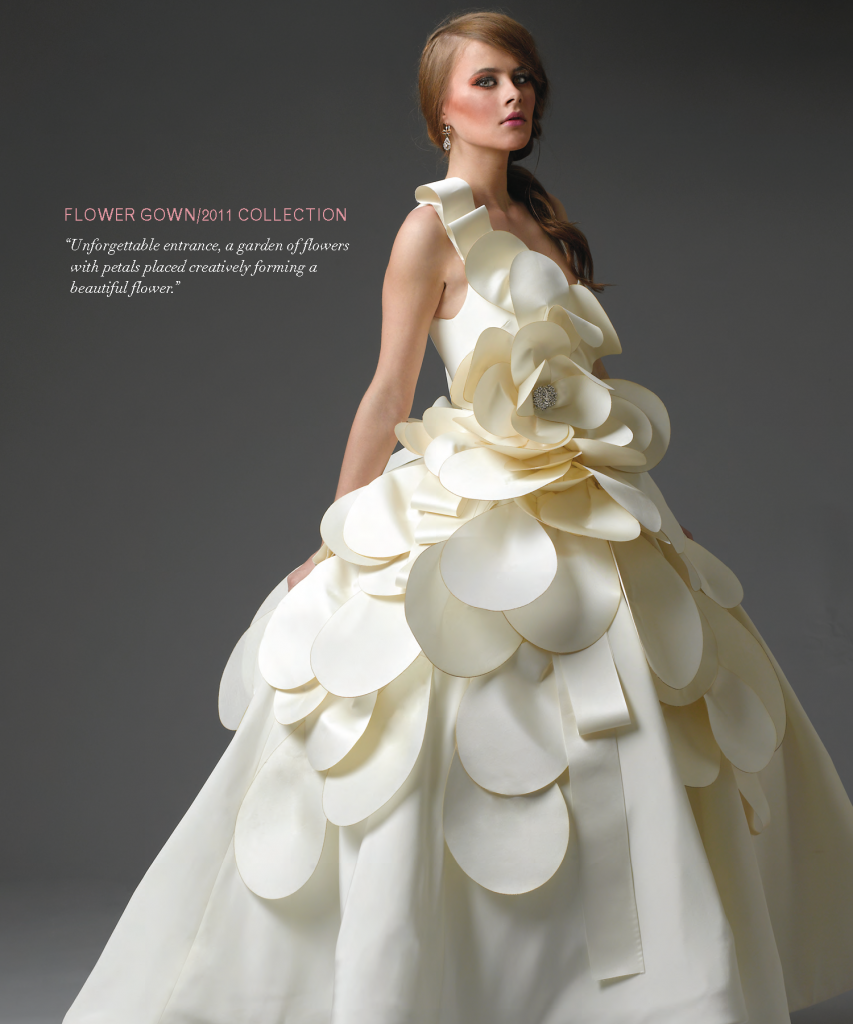



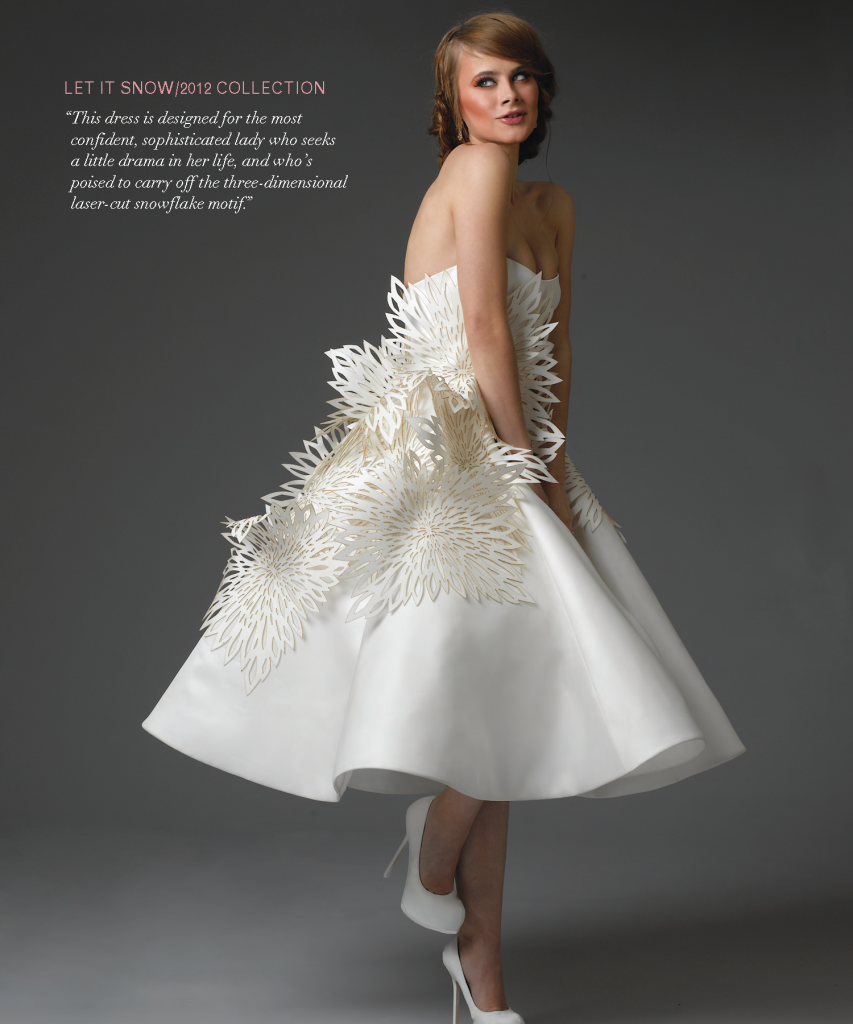
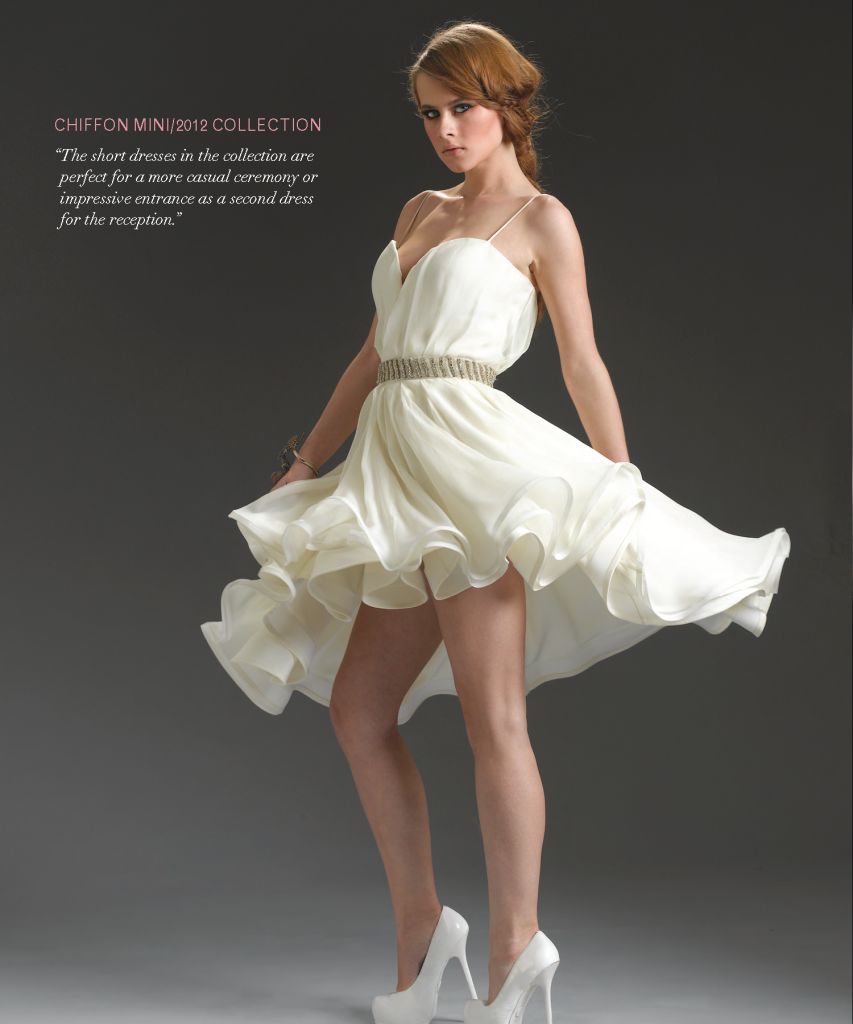

 afterthought. Which explains why well-dressed women think nothing of devoting their most precious commodity—the better part of a day—to visit a clothing Mecca called Coco Pari, with outposts in the hip little Monmouth County towns of Red Bank and Deal. Coco is the total package, offering head-to-toe fashion and, more importantly, a point of view you won’t find in any department store. Staffed by young fashionistas bubbling with style, ready to plug a customer in and cover her act from every angle, Coco Pari has created a new breed of saleswoman-meets stylist— a funky hybrid of fashion editor and best friend. Red Bank store manager Briana, Southern transplants Sophie and Faith, playful Lauren and eye-catching Lindsay literally live, eat and breathe fashion. By day, they are consulting with shoppers on silhouettes that flatter each woman’s unique personality and style. By night, they are out and about, texting back and forth about who’s wearing what. They know the trends and they are not afraid to tell customers what looks good, even if they might not be thinking along the same lines. The ladies at Coco Pari have that “it” factor, and it radiates and translates as they work with customers from the trenches to the cash register. What pleases them the most is simply helping women achieve perfection. In the spirit of full disclosure, I should point out that the saleswoman-as-stylist approach is not the main reason why regulars make the trek to Coco to get a fresh new take on their wardrobe each season. That honor goes to Kimberly Landau, the store’s sole accessory, ready-to-wear and evening couture buyer. The sexy, rocker-chic 36-year-old hand-picks and hand-trains each fashion assassin on her floor; she has established a powerhouse retail operation with fans and followers throughout the tri-state area. The ease with which the Coco Pari sales staff pulls outfits is somewhat deceptive. Landau often stays in the store past 2:00 a.m., merchandising like a madwoman, and then game-planning with the girls before the doors open each day. Everything is clean and clarified. Because Landau does the buy, Coco customers can be completely confident that they’re looking at the
afterthought. Which explains why well-dressed women think nothing of devoting their most precious commodity—the better part of a day—to visit a clothing Mecca called Coco Pari, with outposts in the hip little Monmouth County towns of Red Bank and Deal. Coco is the total package, offering head-to-toe fashion and, more importantly, a point of view you won’t find in any department store. Staffed by young fashionistas bubbling with style, ready to plug a customer in and cover her act from every angle, Coco Pari has created a new breed of saleswoman-meets stylist— a funky hybrid of fashion editor and best friend. Red Bank store manager Briana, Southern transplants Sophie and Faith, playful Lauren and eye-catching Lindsay literally live, eat and breathe fashion. By day, they are consulting with shoppers on silhouettes that flatter each woman’s unique personality and style. By night, they are out and about, texting back and forth about who’s wearing what. They know the trends and they are not afraid to tell customers what looks good, even if they might not be thinking along the same lines. The ladies at Coco Pari have that “it” factor, and it radiates and translates as they work with customers from the trenches to the cash register. What pleases them the most is simply helping women achieve perfection. In the spirit of full disclosure, I should point out that the saleswoman-as-stylist approach is not the main reason why regulars make the trek to Coco to get a fresh new take on their wardrobe each season. That honor goes to Kimberly Landau, the store’s sole accessory, ready-to-wear and evening couture buyer. The sexy, rocker-chic 36-year-old hand-picks and hand-trains each fashion assassin on her floor; she has established a powerhouse retail operation with fans and followers throughout the tri-state area. The ease with which the Coco Pari sales staff pulls outfits is somewhat deceptive. Landau often stays in the store past 2:00 a.m., merchandising like a madwoman, and then game-planning with the girls before the doors open each day. Everything is clean and clarified. Because Landau does the buy, Coco customers can be completely confident that they’re looking at the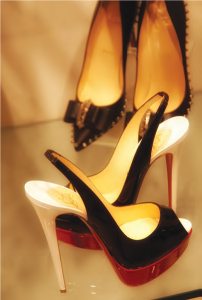 cherry picked “best of the best.” It’s the key to the Coco Pari experience. “Fashion really is about building confidence for women,” notes Landau, who loves to see women elevate themselves using her store as a workshop. “Coco Pari is not for people who want to stay under the radar. Many people come here with ‘friends’ who won’t give them an honest opinion, but my employees will give it to them straight—one hundred percent.” The actual shopping experience at Coco is difficult to capture in words. To me, it’s like tumbling down Alice’s rabbit hole into a decadent, bejeweled jackpot of Jimmy Choos, Herve Legers and Christian (!) Louboutins. It’s an animal print upholstered, crystallized toy box perfectly fitting for the innermost reaches of the feminine psyche. It’s nice to know that somewhere—in between Lacrosse games, pick-ups and drop-offs, charitable nights out on the town, and everything else that finds its way onto our overcrowded calendars—you can still find a fairy godmother like Kimberly to help women transform their mood, their minds and their hearts.
cherry picked “best of the best.” It’s the key to the Coco Pari experience. “Fashion really is about building confidence for women,” notes Landau, who loves to see women elevate themselves using her store as a workshop. “Coco Pari is not for people who want to stay under the radar. Many people come here with ‘friends’ who won’t give them an honest opinion, but my employees will give it to them straight—one hundred percent.” The actual shopping experience at Coco is difficult to capture in words. To me, it’s like tumbling down Alice’s rabbit hole into a decadent, bejeweled jackpot of Jimmy Choos, Herve Legers and Christian (!) Louboutins. It’s an animal print upholstered, crystallized toy box perfectly fitting for the innermost reaches of the feminine psyche. It’s nice to know that somewhere—in between Lacrosse games, pick-ups and drop-offs, charitable nights out on the town, and everything else that finds its way onto our overcrowded calendars—you can still find a fairy godmother like Kimberly to help women transform their mood, their minds and their hearts.
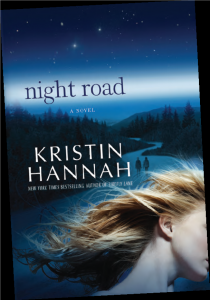 dynamic created when a family with high school- aged twins opens its home to a disadvantaged teenager. Night Road unfolds during a time in the twins’ lives that challenges even the most steadfast parent: senior year. This is the story of the Farradays—mother Jude, father Miles and teens Zach and Mia—and Lexi Ball, a former foster child. When Lexi moves into the Farradays’ small, close-knit community, she quickly becomes Mia’s best friend—and, eventually, the object of Zach’s affections. But the inseparable trio’s world is shattered when a reckless decision tears the Farraday family apart, changes the entire course of Lexi’s life, and grief forever transforms Jude’s ability to be a mother. The book raises profound questions about the resilience of the human heart and the courage it takes to forgive through the haunting story of a family shattered by tragedy, and their struggle to put the pieces back together. Hannah didn’t have to look far for the inspiration she needed to infuse her book with the emotional turmoil parents experience when teenagers first begin vying for independence. She was inspired to write Night Road after experiencing the ups and downs of her own son’s senior year. “We’ve always had a really close relationship, and he’s a really good kid, but we suddenly found ourselves battling constantly about the decisions he was making and the dangers waiting out there in the world for him,” she says. “I didn’t realize until quite some time later that I didn’t sleep much that year…and I started writing Night Road when I could look back and reflect upon that stressful time in the life of any family.” Night Road’s powerful maternal force, Jude, in many ways epitomizes the term “helicopter parent” for the micromanaging role she plays in her twins’ lives. Hannah says her most recent book is much like the 2008 novel Firefly Lane (which explores the friendship between two women as they pursue the often opposing goals of fame and family) in that the story was largely drawn from her own personal experiences. “The challenges, the choices, and the questions that arose during my son’s senior year of high school really informed the writing of Night Road,” she explains. “There’s a lot of myself in the character of Jude—but then there’s a little bit of me in all of my characters. What writers bring
dynamic created when a family with high school- aged twins opens its home to a disadvantaged teenager. Night Road unfolds during a time in the twins’ lives that challenges even the most steadfast parent: senior year. This is the story of the Farradays—mother Jude, father Miles and teens Zach and Mia—and Lexi Ball, a former foster child. When Lexi moves into the Farradays’ small, close-knit community, she quickly becomes Mia’s best friend—and, eventually, the object of Zach’s affections. But the inseparable trio’s world is shattered when a reckless decision tears the Farraday family apart, changes the entire course of Lexi’s life, and grief forever transforms Jude’s ability to be a mother. The book raises profound questions about the resilience of the human heart and the courage it takes to forgive through the haunting story of a family shattered by tragedy, and their struggle to put the pieces back together. Hannah didn’t have to look far for the inspiration she needed to infuse her book with the emotional turmoil parents experience when teenagers first begin vying for independence. She was inspired to write Night Road after experiencing the ups and downs of her own son’s senior year. “We’ve always had a really close relationship, and he’s a really good kid, but we suddenly found ourselves battling constantly about the decisions he was making and the dangers waiting out there in the world for him,” she says. “I didn’t realize until quite some time later that I didn’t sleep much that year…and I started writing Night Road when I could look back and reflect upon that stressful time in the life of any family.” Night Road’s powerful maternal force, Jude, in many ways epitomizes the term “helicopter parent” for the micromanaging role she plays in her twins’ lives. Hannah says her most recent book is much like the 2008 novel Firefly Lane (which explores the friendship between two women as they pursue the often opposing goals of fame and family) in that the story was largely drawn from her own personal experiences. “The challenges, the choices, and the questions that arose during my son’s senior year of high school really informed the writing of Night Road,” she explains. “There’s a lot of myself in the character of Jude—but then there’s a little bit of me in all of my characters. What writers bring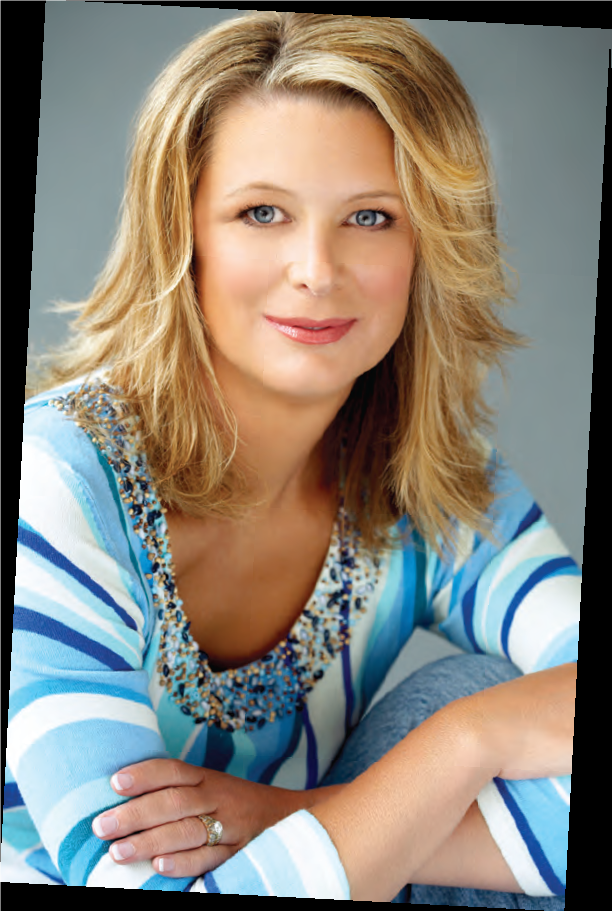

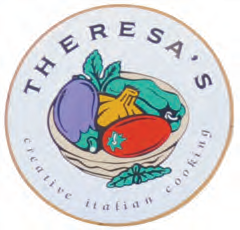 THERESA’S The always-smart partnership of shellfish and beans makes for a simple, yet engaging starter. Shrimp are marinated, then grilled, and plated with a white bean salad. The pair is united by a sweet flash of roasted red pepper and the herbal kick of a pesto-laced oil. Flashy and fussy? No. Soulful and satisfying? Yes. So is a local favorite pasta dish, the now-classic penne with vodka sauce. It’s so often tired and trite, laden with massive amounts of sauce that prompt giggles among teens, who think they’ll get a buzz from a sauce labeled “vodka.” Sorry. There’s a vaguely astringent quality to the spirited sauce, but what gives Theresa’s version of the dish a lift above the norm is the carbonara-like addition of crumbled pancetta and sweet peas. Potent in a non-alcoholic way. It’s possible that riots would ensue in genteel Westfield if the asiago-crusted chicken ever were taken off Theresa’s menu. Our polite server on this night said there was no chance of that. Folks love the cheese-on-cheese aspect of the dish, what with mozzarella layered in the mix. It’s all balanced by a dose of tomato and a garlicky cream sauce. If you’re looking for a sweet-tart sensation, give the balsamic-and apricot-glazed pork tenderloin a go. It’s got the appeal of something barbecued as well as a couple of hearty standbys on the side in garlic-licked mashed potatoes and a tangle of spinach. The dessert of choice? A dense, yet light, flourless chocolate cake that demands, and receives, a dollop of vanilla gelato.
THERESA’S The always-smart partnership of shellfish and beans makes for a simple, yet engaging starter. Shrimp are marinated, then grilled, and plated with a white bean salad. The pair is united by a sweet flash of roasted red pepper and the herbal kick of a pesto-laced oil. Flashy and fussy? No. Soulful and satisfying? Yes. So is a local favorite pasta dish, the now-classic penne with vodka sauce. It’s so often tired and trite, laden with massive amounts of sauce that prompt giggles among teens, who think they’ll get a buzz from a sauce labeled “vodka.” Sorry. There’s a vaguely astringent quality to the spirited sauce, but what gives Theresa’s version of the dish a lift above the norm is the carbonara-like addition of crumbled pancetta and sweet peas. Potent in a non-alcoholic way. It’s possible that riots would ensue in genteel Westfield if the asiago-crusted chicken ever were taken off Theresa’s menu. Our polite server on this night said there was no chance of that. Folks love the cheese-on-cheese aspect of the dish, what with mozzarella layered in the mix. It’s all balanced by a dose of tomato and a garlicky cream sauce. If you’re looking for a sweet-tart sensation, give the balsamic-and apricot-glazed pork tenderloin a go. It’s got the appeal of something barbecued as well as a couple of hearty standbys on the side in garlic-licked mashed potatoes and a tangle of spinach. The dessert of choice? A dense, yet light, flourless chocolate cake that demands, and receives, a dollop of vanilla gelato. 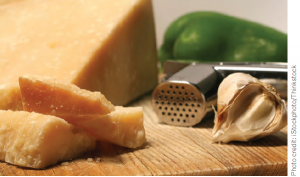
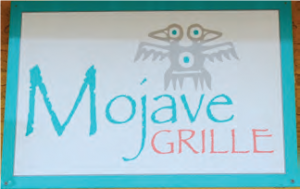 MOJAVE GRILL There was a special soup on tap the night of our visit that intrigued: caramelized onion and potato, punctuated by the freshness of scallions and topped with crisped onions that have been shot through with cayenne. Of all the Scalera concepts, I’ve liked Mojave the best. There’s bolder seasoning and more of a distinctive personality on the plates, particularly on the specials’ roster. This soup crystallizes why?: The onion-potato soup is thick, rich and calls for counterpoint, which it gets in the rawness of the scallions and the heat of the crunchy cayenne’d onions. The signature black bean soup needs its jalapeno spike, as well as the luxurious lime crema, chunks of avocado and chopped, spiced tomato. Extra dimension in a dish
MOJAVE GRILL There was a special soup on tap the night of our visit that intrigued: caramelized onion and potato, punctuated by the freshness of scallions and topped with crisped onions that have been shot through with cayenne. Of all the Scalera concepts, I’ve liked Mojave the best. There’s bolder seasoning and more of a distinctive personality on the plates, particularly on the specials’ roster. This soup crystallizes why?: The onion-potato soup is thick, rich and calls for counterpoint, which it gets in the rawness of the scallions and the heat of the crunchy cayenne’d onions. The signature black bean soup needs its jalapeno spike, as well as the luxurious lime crema, chunks of avocado and chopped, spiced tomato. Extra dimension in a dish 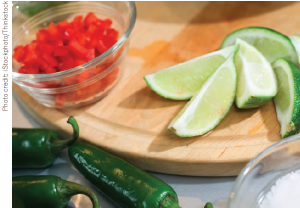 is why we eat out, so we can experience what we might not do for ourselves at home. We tend not to make tuna ceviche at home very often, either, which is why Mojave’s faithful snag the chunks of yellowfin made brazen by ginger and pasilla chilies and then soothed by cooling cucumbers and avocado. Tune into the pulled chicken enchiladas and, if you’re in the mood for comfort food, for the ancho mole, red rice and black beans with a swath of cotija cheese and sultry crema. They’re just about as harmonic as a chorus from The Mamas and The Papas. If you’re craving quesadillas, nab the blackened chicken number that comes cosseted with a Monterey Jack-esque cheese and a generous slather of avocado-basil aioli. I wasn’t taken with the yucca-crusted grouper, a nightly special, for the grouper was overcooked, the taste of the yucca not doing a thing for the fish, and the red pepper puree overwhelming. The one-two punch of seared flank steak topped with a vigorous chimichurri hit on all cylinders, though—and it just might make you whip up your own take on the parsley-garlic-hot pepper-vinegar sauce this summer when you’re grilling a flank steak in your backyard.
is why we eat out, so we can experience what we might not do for ourselves at home. We tend not to make tuna ceviche at home very often, either, which is why Mojave’s faithful snag the chunks of yellowfin made brazen by ginger and pasilla chilies and then soothed by cooling cucumbers and avocado. Tune into the pulled chicken enchiladas and, if you’re in the mood for comfort food, for the ancho mole, red rice and black beans with a swath of cotija cheese and sultry crema. They’re just about as harmonic as a chorus from The Mamas and The Papas. If you’re craving quesadillas, nab the blackened chicken number that comes cosseted with a Monterey Jack-esque cheese and a generous slather of avocado-basil aioli. I wasn’t taken with the yucca-crusted grouper, a nightly special, for the grouper was overcooked, the taste of the yucca not doing a thing for the fish, and the red pepper puree overwhelming. The one-two punch of seared flank steak topped with a vigorous chimichurri hit on all cylinders, though—and it just might make you whip up your own take on the parsley-garlic-hot pepper-vinegar sauce this summer when you’re grilling a flank steak in your backyard.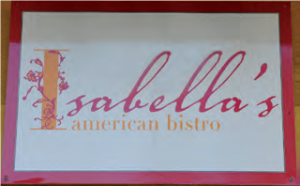 As I scooped up the last of the spiced walnuts in the orange-and-arugula salad at ISABELLA’S, I sensed an impatience on the part of my dining companion. It took no special powers of deduction for me to realize my pal wanted our bacon- Cheddar meatloaf now. It soon arrived and began to disappear. I managed to score two bites and reasonable enough spoonfuls of mashed potatoes and creamed spinach, both of which benefit from gravy chunky with shallots. You’d think meatloaf is only served in this country when the moon is full on a fourth Tuesday the way some people attack slices of the stuff. There’s no denying the appeal of Isabella’s meatloaf. (Which has a lot to do with an abundance of bacon, I suspect.) While the attack on the meatloaf was taking place, I took advantage of an uninterrupted spell communing with the night’s special ravioli: pasta pockets stuffed with goat cheese and roasted red peppers, then drizzled with a vibrant tomato-pesto sauce. There’s an accord reached on the fettuccine tossed
As I scooped up the last of the spiced walnuts in the orange-and-arugula salad at ISABELLA’S, I sensed an impatience on the part of my dining companion. It took no special powers of deduction for me to realize my pal wanted our bacon- Cheddar meatloaf now. It soon arrived and began to disappear. I managed to score two bites and reasonable enough spoonfuls of mashed potatoes and creamed spinach, both of which benefit from gravy chunky with shallots. You’d think meatloaf is only served in this country when the moon is full on a fourth Tuesday the way some people attack slices of the stuff. There’s no denying the appeal of Isabella’s meatloaf. (Which has a lot to do with an abundance of bacon, I suspect.) While the attack on the meatloaf was taking place, I took advantage of an uninterrupted spell communing with the night’s special ravioli: pasta pockets stuffed with goat cheese and roasted red peppers, then drizzled with a vibrant tomato-pesto sauce. There’s an accord reached on the fettuccine tossed 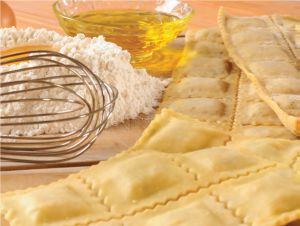 with baby shrimp, corn, sweet peas, sundried tomatoes and mushrooms, all of which is bound by a chipotle-charged cream sauce. This is vintage Scalera and what I think his restaurants do best: Take a bunch of familiar ingredients, a concept that’s not off-putting, then jazz it all up to the level of food you expect when you go out to eat. My wish for Isabella’s? That it would pair a cut of beef other than filet mignon with a crust of peppercorns. That intense coating would work much better with a chewier, heartier flavor, such as strip steak or rib-eye, than it does with a mildmannered filet. But all ends well here with a banana-studded bread pudding streaked with caramel and served with vanilla ice cream. It usually does at Westfield’s trio of winners. EDGE
with baby shrimp, corn, sweet peas, sundried tomatoes and mushrooms, all of which is bound by a chipotle-charged cream sauce. This is vintage Scalera and what I think his restaurants do best: Take a bunch of familiar ingredients, a concept that’s not off-putting, then jazz it all up to the level of food you expect when you go out to eat. My wish for Isabella’s? That it would pair a cut of beef other than filet mignon with a crust of peppercorns. That intense coating would work much better with a chewier, heartier flavor, such as strip steak or rib-eye, than it does with a mildmannered filet. But all ends well here with a banana-studded bread pudding streaked with caramel and served with vanilla ice cream. It usually does at Westfield’s trio of winners. EDGE  Editor’s Note: Andy Clurfield is a former editor of Zagat New Jersey. The longtime food critic for the Asbury Park Press also has been published in Gourmet, Saveur and Town & Country, and on epicurious.com.
Editor’s Note: Andy Clurfield is a former editor of Zagat New Jersey. The longtime food critic for the Asbury Park Press also has been published in Gourmet, Saveur and Town & Country, and on epicurious.com.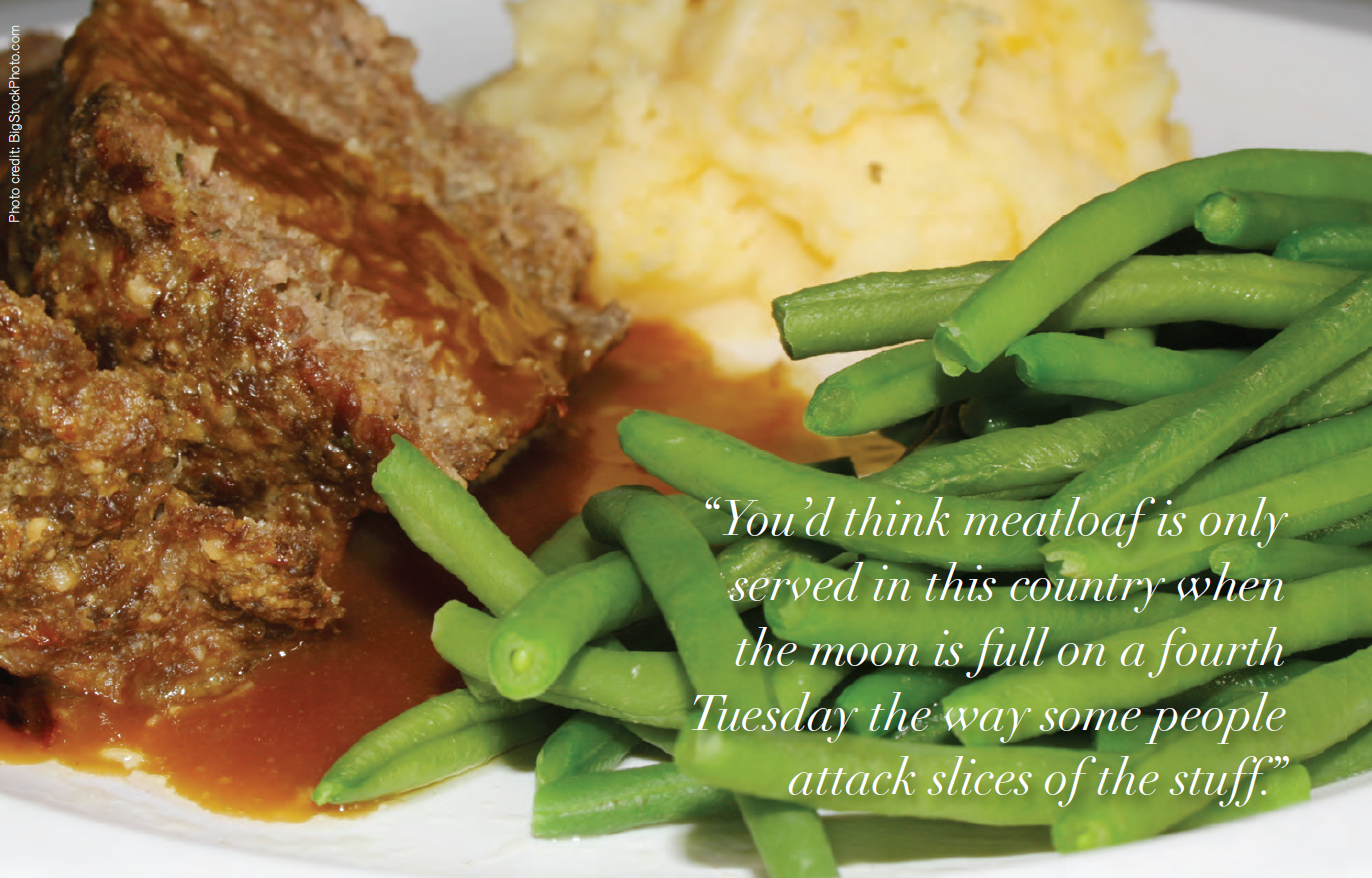
 will be noticeably lighter and you’ll feel like you just spent four hours in an overgrown cow pasture. That being said, Ken Wang isn’t your normal golf course owner. And Pound Ridge Golf Club in Westchester County is hardly your normal course. “It has a sublime rhythm,” says Wang, a married father of three sons, MIT grad and brother of famed fashion designer Vera Wang. “You remember every hole individually. The course has a certain harmony and serenity.” “May and June are beautiful here,” adds Todd Leavenworth, the general manager at Pound Ridge GC, “but you can’t beat the fall. That’s the best time of year for the course.” When Pound Ridge is green and lush, it’s a sight to behold. Designed by the legendary Pete Dye, the course is about 90 minutes away from Central New Jersey. It’s distinguished by unique rock formations and breathtaking views, including several of the Long Island Sound. In typical Dye fashion, there is an exquisite logic to the course, a quality that appeals to the mathematician in Wang. “It’s hard to pinpoint my favorite holes,” he says. “I love number 7, number 10 and number 11. They are gorgeous.” Leavenworth gushes about the par-3 15th hole known as Headstone. “It’s spectacular,” he says. “There is white marble behind the green that slopes at about a 20-degree pitch. You can actually hit to the marble and have the ball roll back toward the hole.” One feature of Pound Ridge GC that golfers of all levels love is the number of tees per hole—a staple of any
will be noticeably lighter and you’ll feel like you just spent four hours in an overgrown cow pasture. That being said, Ken Wang isn’t your normal golf course owner. And Pound Ridge Golf Club in Westchester County is hardly your normal course. “It has a sublime rhythm,” says Wang, a married father of three sons, MIT grad and brother of famed fashion designer Vera Wang. “You remember every hole individually. The course has a certain harmony and serenity.” “May and June are beautiful here,” adds Todd Leavenworth, the general manager at Pound Ridge GC, “but you can’t beat the fall. That’s the best time of year for the course.” When Pound Ridge is green and lush, it’s a sight to behold. Designed by the legendary Pete Dye, the course is about 90 minutes away from Central New Jersey. It’s distinguished by unique rock formations and breathtaking views, including several of the Long Island Sound. In typical Dye fashion, there is an exquisite logic to the course, a quality that appeals to the mathematician in Wang. “It’s hard to pinpoint my favorite holes,” he says. “I love number 7, number 10 and number 11. They are gorgeous.” Leavenworth gushes about the par-3 15th hole known as Headstone. “It’s spectacular,” he says. “There is white marble behind the green that slopes at about a 20-degree pitch. You can actually hit to the marble and have the ball roll back toward the hole.” One feature of Pound Ridge GC that golfers of all levels love is the number of tees per hole—a staple of any course designed by Dye. There are at least five tees on every hole, and some have six. “Pete is sensitive to the fact that all golfers don’t play at the same level,” says Wang. “When you play Pound Ridge from the correct tees, it’s a very enjoyable experience. The course is unusually fair to women.” There’s a good reason for that—Dye’s wife, Alice. The winner of nine Indiana Women’s Golf Association Amateur Championships, she has her husband’s ear every time he starts work on a new course. “Pound Ridge was a family affair,” says Wang. “Alice gets extremely involved whenever Pete is designing a course. She makes him more in touch with how women play the game.” “This is a really fun course for women,” he adds. “Probably more so than any other course I know.” Dye also puts a premium on exactitude. To score well at Pound Ridge GC, you have to hit the ball straight and the correct yardage. “The first time I played Pound Ridge, I felt like I had stepped into a math problem,” Wang recalls. “There’s an elegance to the course and artistry to the environment.” That’s a good way to describe the area surrounding Pound Ridge, as well. The closest neighboring towns are Bedford in New York and Greenwich and New Canaan in Connecticut. Close enough for a day trip, the surrounding area also offers enough to build a romantic weekend or ladies overnight around a round or two of golf. There are great restaurants, charming inns, lots of antique stores and all manner of shopping. Soon, says Wang, golfers at Pound Ridge GC won’t have to leave the course for a good meal. He has been working with architects on building a clubhouse. “It’s a funny project,” he says. “We’re talking about a ‘destination course’ in a residential area. We get local members and people flying in from London and Japan. We have several audiences to please.” With the current trend in clubhouse construction trending toward downsizing, Wang has shed his notions of what a traditional design looks like. Fortunately, he has a sister who knows a little bit about style. “Vera is pretty hip,” Wang says. “I defer to the higher power. She reminds me that the world isn’t filled with wood-panelled walls.” There’s always a chance that visitors to Pound Ridge GC will bump into Vera. According to Ken, she plays there several
course designed by Dye. There are at least five tees on every hole, and some have six. “Pete is sensitive to the fact that all golfers don’t play at the same level,” says Wang. “When you play Pound Ridge from the correct tees, it’s a very enjoyable experience. The course is unusually fair to women.” There’s a good reason for that—Dye’s wife, Alice. The winner of nine Indiana Women’s Golf Association Amateur Championships, she has her husband’s ear every time he starts work on a new course. “Pound Ridge was a family affair,” says Wang. “Alice gets extremely involved whenever Pete is designing a course. She makes him more in touch with how women play the game.” “This is a really fun course for women,” he adds. “Probably more so than any other course I know.” Dye also puts a premium on exactitude. To score well at Pound Ridge GC, you have to hit the ball straight and the correct yardage. “The first time I played Pound Ridge, I felt like I had stepped into a math problem,” Wang recalls. “There’s an elegance to the course and artistry to the environment.” That’s a good way to describe the area surrounding Pound Ridge, as well. The closest neighboring towns are Bedford in New York and Greenwich and New Canaan in Connecticut. Close enough for a day trip, the surrounding area also offers enough to build a romantic weekend or ladies overnight around a round or two of golf. There are great restaurants, charming inns, lots of antique stores and all manner of shopping. Soon, says Wang, golfers at Pound Ridge GC won’t have to leave the course for a good meal. He has been working with architects on building a clubhouse. “It’s a funny project,” he says. “We’re talking about a ‘destination course’ in a residential area. We get local members and people flying in from London and Japan. We have several audiences to please.” With the current trend in clubhouse construction trending toward downsizing, Wang has shed his notions of what a traditional design looks like. Fortunately, he has a sister who knows a little bit about style. “Vera is pretty hip,” Wang says. “I defer to the higher power. She reminds me that the world isn’t filled with wood-panelled walls.” There’s always a chance that visitors to Pound Ridge GC will bump into Vera. According to Ken, she plays there several times a year. “Vera is a pretty good player,” he says. “I’m probably better on the first ball, but she likes to throw down a second sometimes. She’s usually better on that one.” Ken’s sister isn’t the only celebrity who frequents the Pound Ridge area. Richard Gere, Susan Sarandon, Tim Robbins and Mike Myers are among those who claim residency in and around the town. Gere also owns a cozy place there, the Bedford Post Inn (above). While Wang prefers to stay out of the spotlight, he can’t deny the legacy he has created at Pound Ridge GC. “I didn’t use to think of it in those terms,” he says. “I started playing golf as a kid. The idea to buy the Pound Ridge property came after my father built a house in town in 1980. When we decided to turn the course into 18 holes, it took nine years to get all the approvals. Now we have a glamorous golf course that is very sensitive to the environment. It’s unlike any other course in the area. It’s nice to know that you’ve built something that will be around for a long while.” EDGE
times a year. “Vera is a pretty good player,” he says. “I’m probably better on the first ball, but she likes to throw down a second sometimes. She’s usually better on that one.” Ken’s sister isn’t the only celebrity who frequents the Pound Ridge area. Richard Gere, Susan Sarandon, Tim Robbins and Mike Myers are among those who claim residency in and around the town. Gere also owns a cozy place there, the Bedford Post Inn (above). While Wang prefers to stay out of the spotlight, he can’t deny the legacy he has created at Pound Ridge GC. “I didn’t use to think of it in those terms,” he says. “I started playing golf as a kid. The idea to buy the Pound Ridge property came after my father built a house in town in 1980. When we decided to turn the course into 18 holes, it took nine years to get all the approvals. Now we have a glamorous golf course that is very sensitive to the environment. It’s unlike any other course in the area. It’s nice to know that you’ve built something that will be around for a long while.” EDGE 
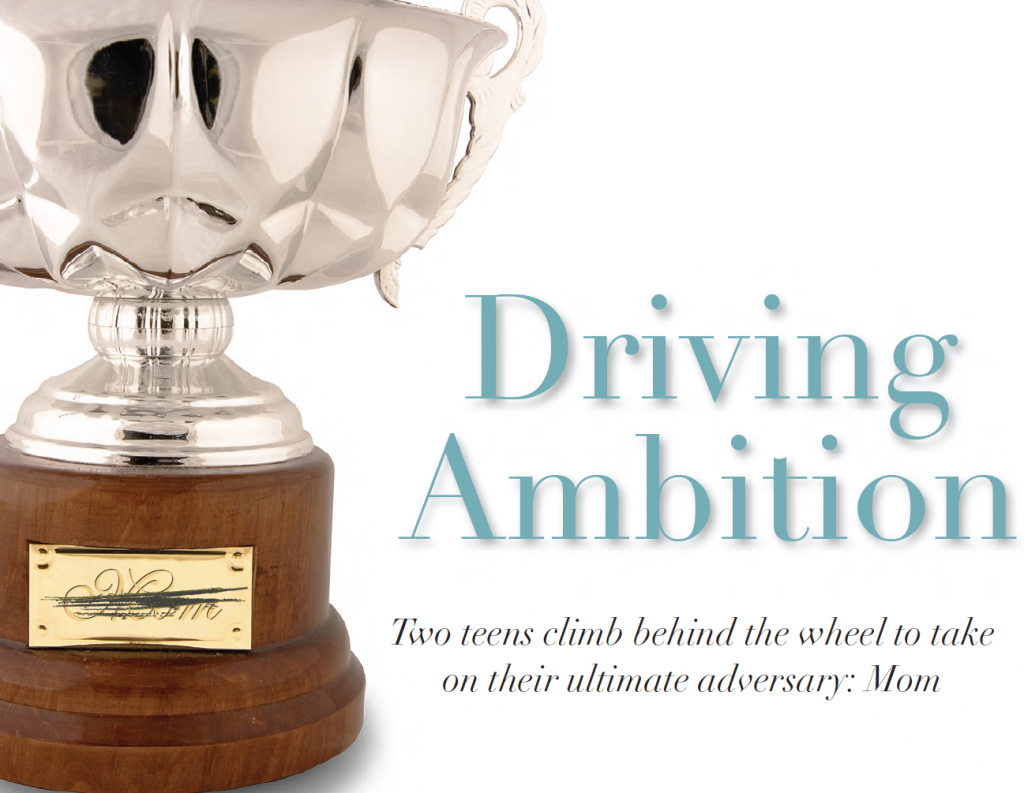
 Position Raceway, the indoor karting venue located near the Liberty Science Center in Jersey City. She admits she was itching to teach Michael and George a lesson as all three pulled on their helmets and strapped themselves into their karts (which—because of Michael’s age—were limited to a still-speedy 30 mph). Suzanne also admits to underestimating the fact that her sons work together like Velociraptors. With their three vehicles lined up one behind the other to start, the boys insisted she have the honor of taking the lead kart. In almost any race, both teens knew, you want your adversary ahead of you so you can choose the time and place of their ultimate defeat. In other words, she was dead meat before they started their engines. The flag dropped and the three roared into the first turn. Moments later, Suzanne found herself in third place. A nudge from George and then a stronger bump from Michael sent her into the black-and-yellow padded barrier. By the time she got back up to speed, she was playing catch-up. She never did close the gap on her sons, who showed her no mercy and gave her no daylight. They were too busy fighting for fraternal supremacy. George edged Michael at the finish line, with Suzanne a few heartbeats behind. “I should have realized they would never let me win,” she says bemusedly. “Even though I’m their mother, they will still win at any cost. The mistake I made was that I never should have started in front of them.” In the days that followed, as Suzanne returned to chauffer duties, mother and sons had something new to discuss: the fact that they were now officially, indisputably and undeniably “better drivers” than she—against a wealth of evidence still to the contrary. Suzanne reminded Michael and George that she had nearly caught up to them after they sent her into the wall. They corrected their mother, informing her that she had actually fallen a full lap behind! Shifting gears quickly, Suzanne pointed out that handling a kart at 30 mph takes considerably less skill and experience than zig-zagging through Turnpike traffic at 75 (although for the record she has never done that). Blank stares. Exasperated, Suzanne said that intentionally running your materfamilias off the road doesn’t make you a “better driver”—it makes you a dangerous one. Michael and George refused to dignify their mother’s accusations of collusion and dirty driving. Both maintain that Suzanne was the unfortunate victim of an unlucky accident. Looking back, Suzanne says the only humiliation she actually
Position Raceway, the indoor karting venue located near the Liberty Science Center in Jersey City. She admits she was itching to teach Michael and George a lesson as all three pulled on their helmets and strapped themselves into their karts (which—because of Michael’s age—were limited to a still-speedy 30 mph). Suzanne also admits to underestimating the fact that her sons work together like Velociraptors. With their three vehicles lined up one behind the other to start, the boys insisted she have the honor of taking the lead kart. In almost any race, both teens knew, you want your adversary ahead of you so you can choose the time and place of their ultimate defeat. In other words, she was dead meat before they started their engines. The flag dropped and the three roared into the first turn. Moments later, Suzanne found herself in third place. A nudge from George and then a stronger bump from Michael sent her into the black-and-yellow padded barrier. By the time she got back up to speed, she was playing catch-up. She never did close the gap on her sons, who showed her no mercy and gave her no daylight. They were too busy fighting for fraternal supremacy. George edged Michael at the finish line, with Suzanne a few heartbeats behind. “I should have realized they would never let me win,” she says bemusedly. “Even though I’m their mother, they will still win at any cost. The mistake I made was that I never should have started in front of them.” In the days that followed, as Suzanne returned to chauffer duties, mother and sons had something new to discuss: the fact that they were now officially, indisputably and undeniably “better drivers” than she—against a wealth of evidence still to the contrary. Suzanne reminded Michael and George that she had nearly caught up to them after they sent her into the wall. They corrected their mother, informing her that she had actually fallen a full lap behind! Shifting gears quickly, Suzanne pointed out that handling a kart at 30 mph takes considerably less skill and experience than zig-zagging through Turnpike traffic at 75 (although for the record she has never done that). Blank stares. Exasperated, Suzanne said that intentionally running your materfamilias off the road doesn’t make you a “better driver”—it makes you a dangerous one. Michael and George refused to dignify their mother’s accusations of collusion and dirty driving. Both maintain that Suzanne was the unfortunate victim of an unlucky accident. Looking back, Suzanne says the only humiliation she actually  suffered that evening was being photographed on the victory stand with her boys (now both six-footers) towering over her. Otherwise, it was a tremendous experience. “It was very entertaining,” she says. “We thoroughly enjoyed ourselves. It’s a great place. We hung out for an hour after the race. The people there couldn’t be nicer.” Okay, down to brass tacks. In a return engagement, does Suzanne think she would avenge her defeat? “I do,” she says with a competitive smirk. And just how? “No way I’m divulging my strategy! Let’s just say that Mom’s still got a few tricks up her sleeve.” EDGE
suffered that evening was being photographed on the victory stand with her boys (now both six-footers) towering over her. Otherwise, it was a tremendous experience. “It was very entertaining,” she says. “We thoroughly enjoyed ourselves. It’s a great place. We hung out for an hour after the race. The people there couldn’t be nicer.” Okay, down to brass tacks. In a return engagement, does Suzanne think she would avenge her defeat? “I do,” she says with a competitive smirk. And just how? “No way I’m divulging my strategy! Let’s just say that Mom’s still got a few tricks up her sleeve.” EDGE 

 overweight, and 30 percent is obese,” he says. “And the children’s statistics are even more mind-boggling—nine million American kids were considered obese, a rate that has nearly doubled in the last 20 years. It’s getting out of control at an epidemic rate.” Fortunately, there are measures you can take to fight back—even if you have to eat fast:
overweight, and 30 percent is obese,” he says. “And the children’s statistics are even more mind-boggling—nine million American kids were considered obese, a rate that has nearly doubled in the last 20 years. It’s getting out of control at an epidemic rate.” Fortunately, there are measures you can take to fight back—even if you have to eat fast: 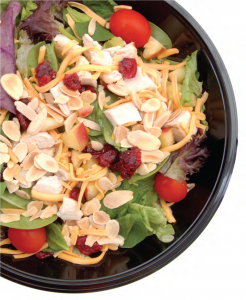 financially, but could cost you your health. “To help spread out the calories, consider eating half of it and giving the other half to your partner or taking it home for another meal,” Dr. Eckman advises.
financially, but could cost you your health. “To help spread out the calories, consider eating half of it and giving the other half to your partner or taking it home for another meal,” Dr. Eckman advises.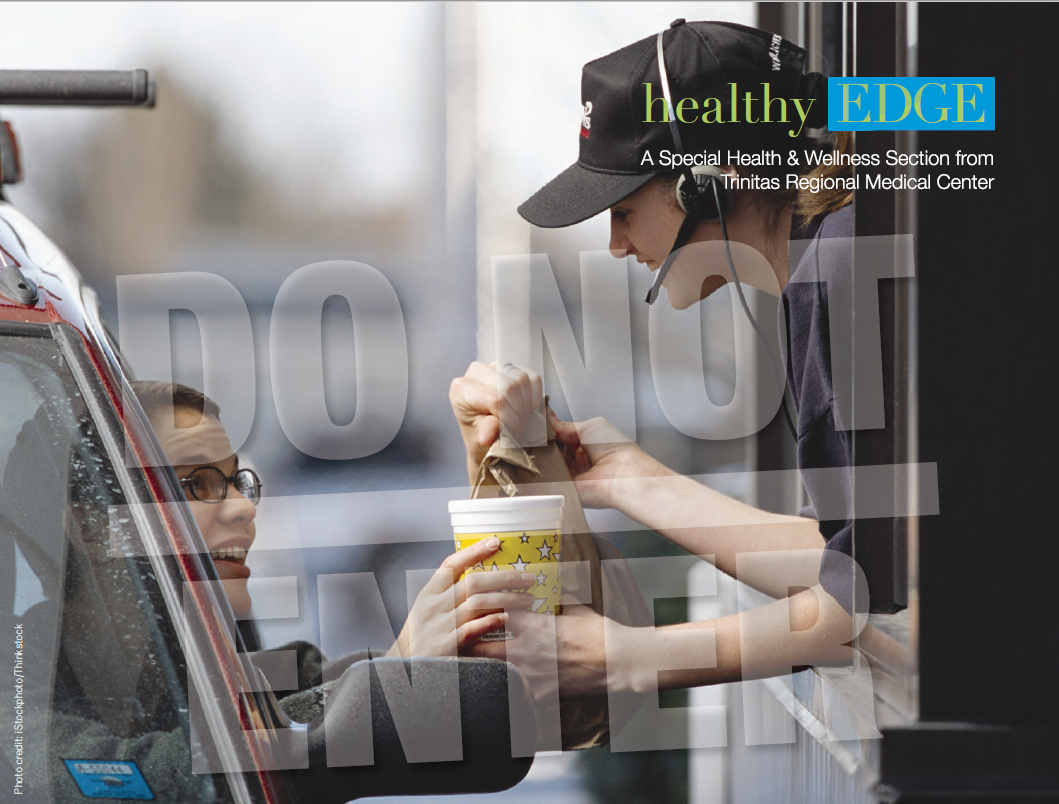

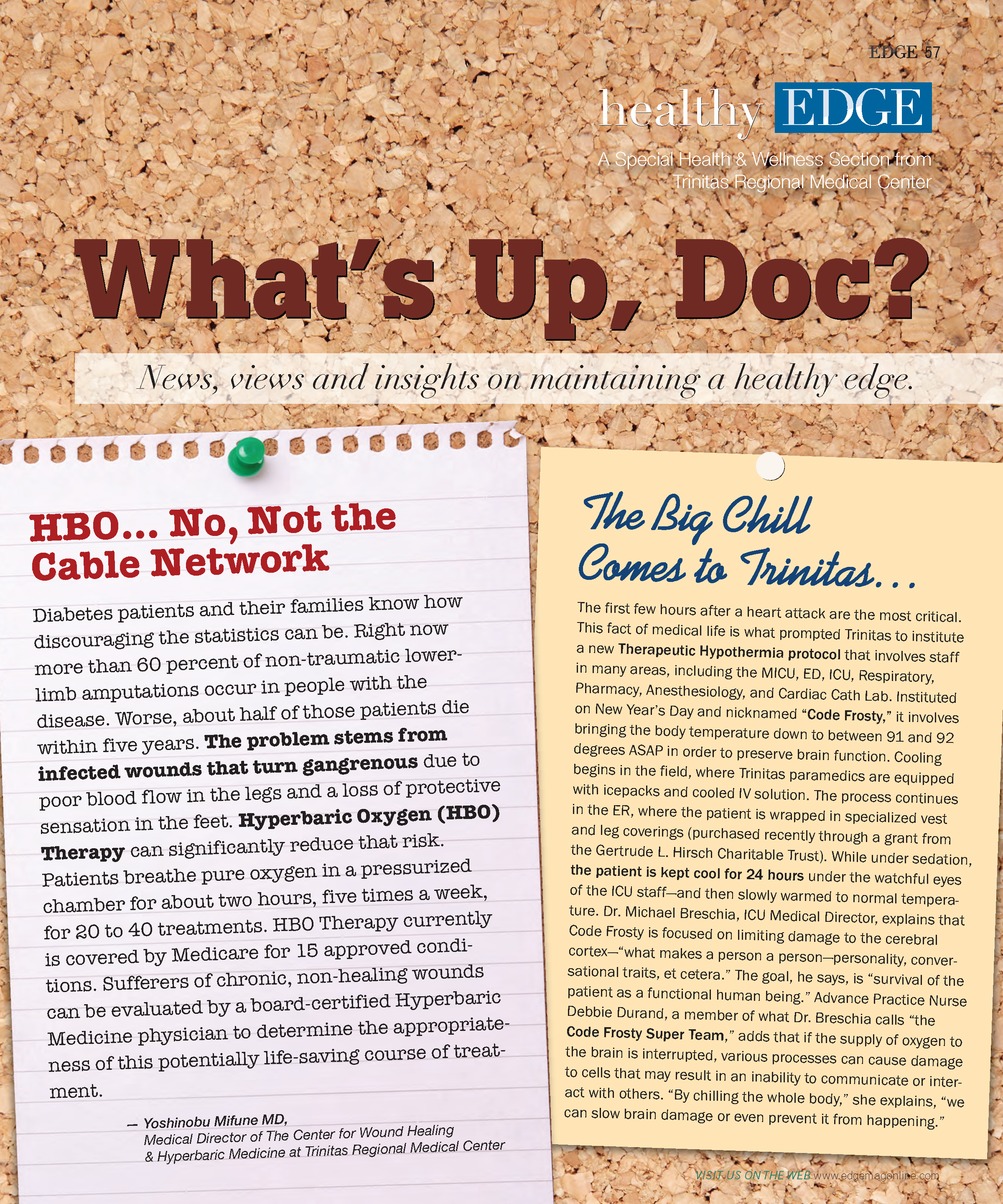

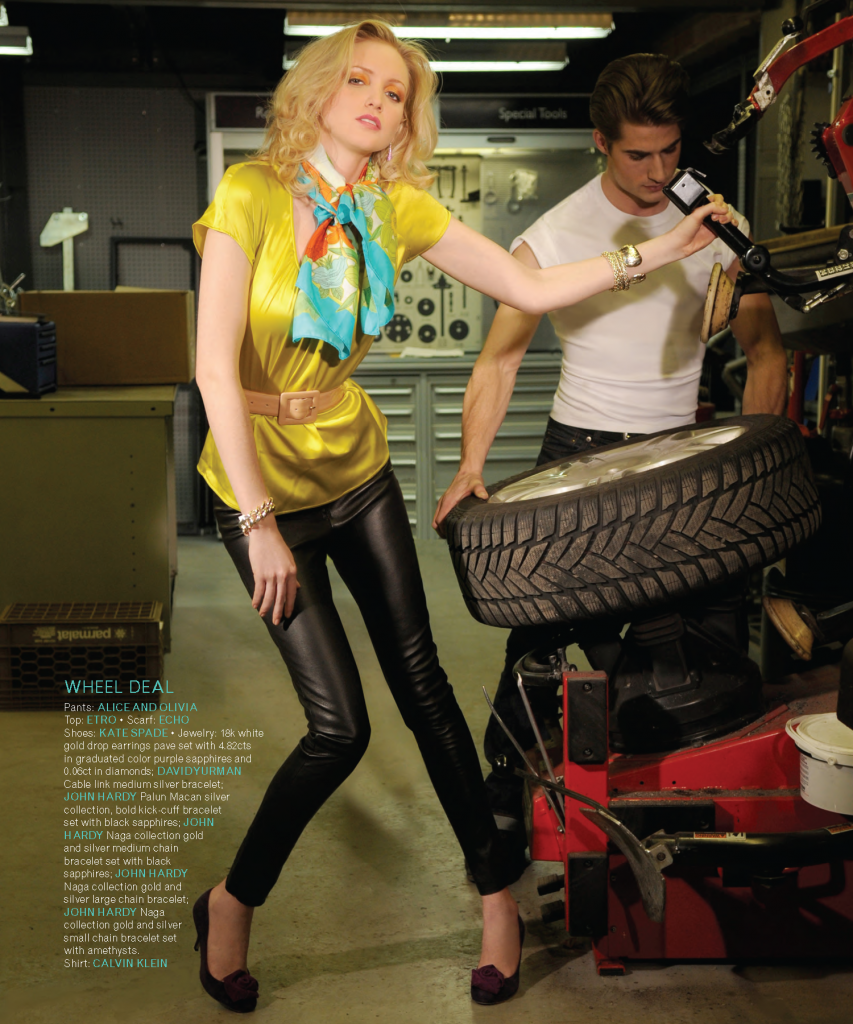

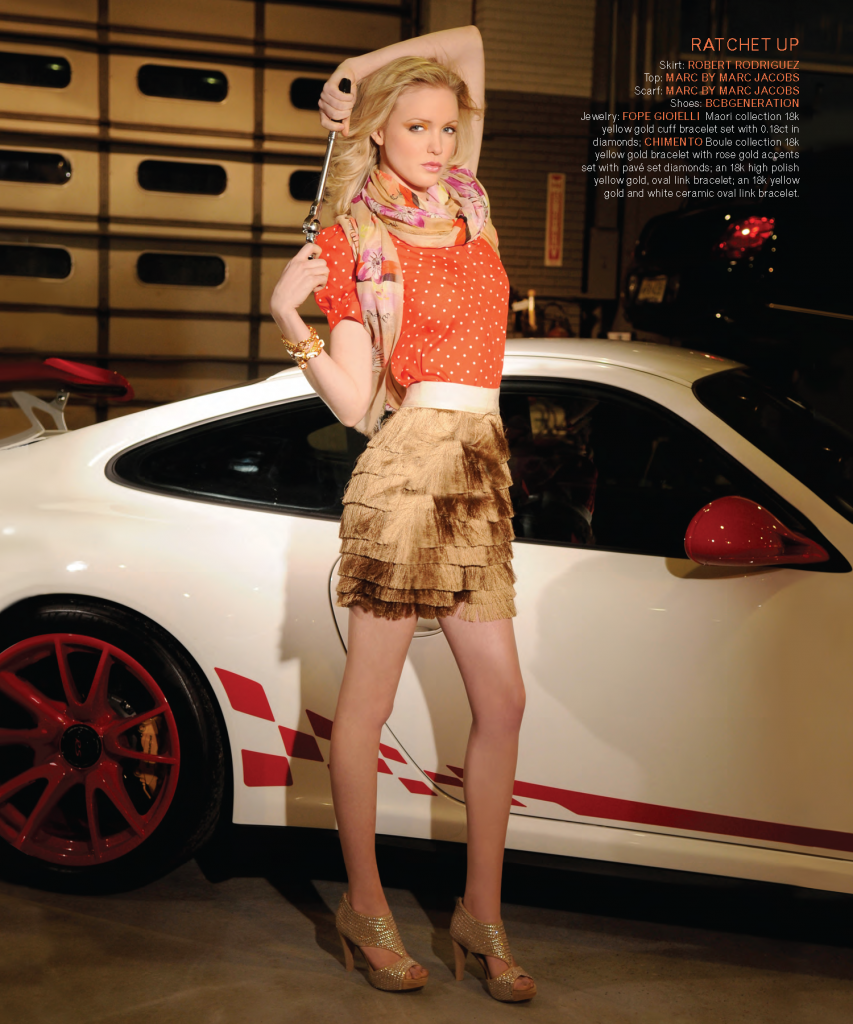
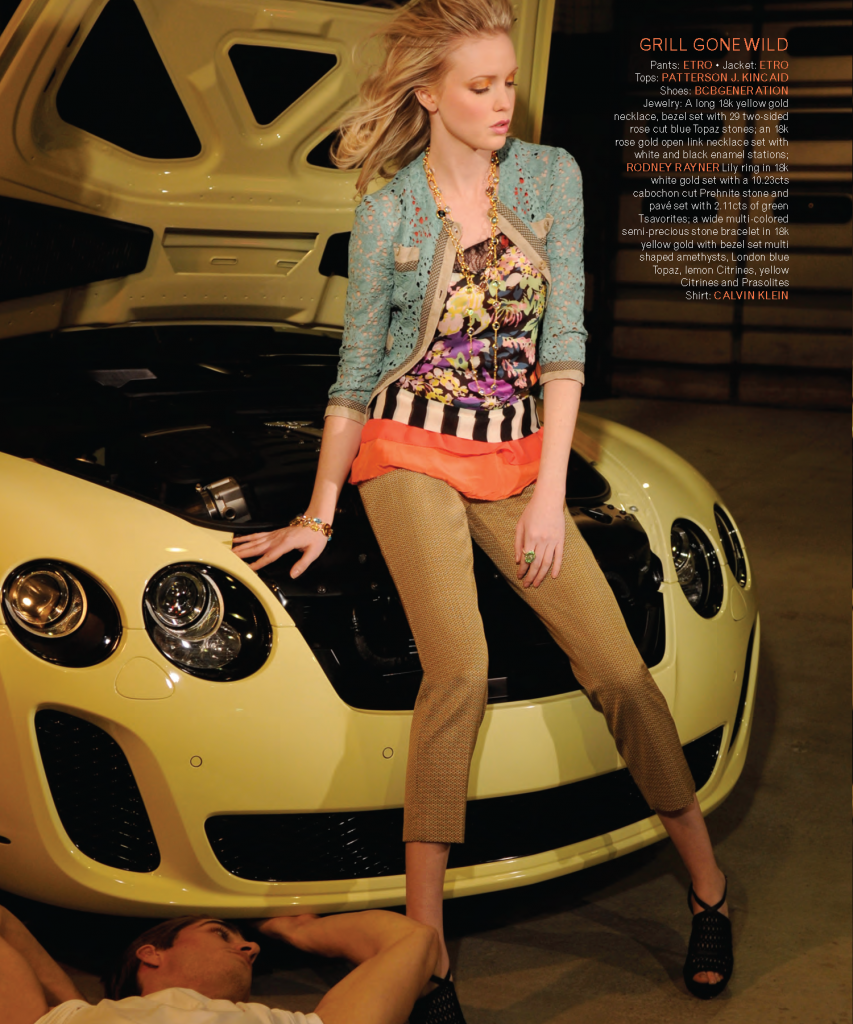
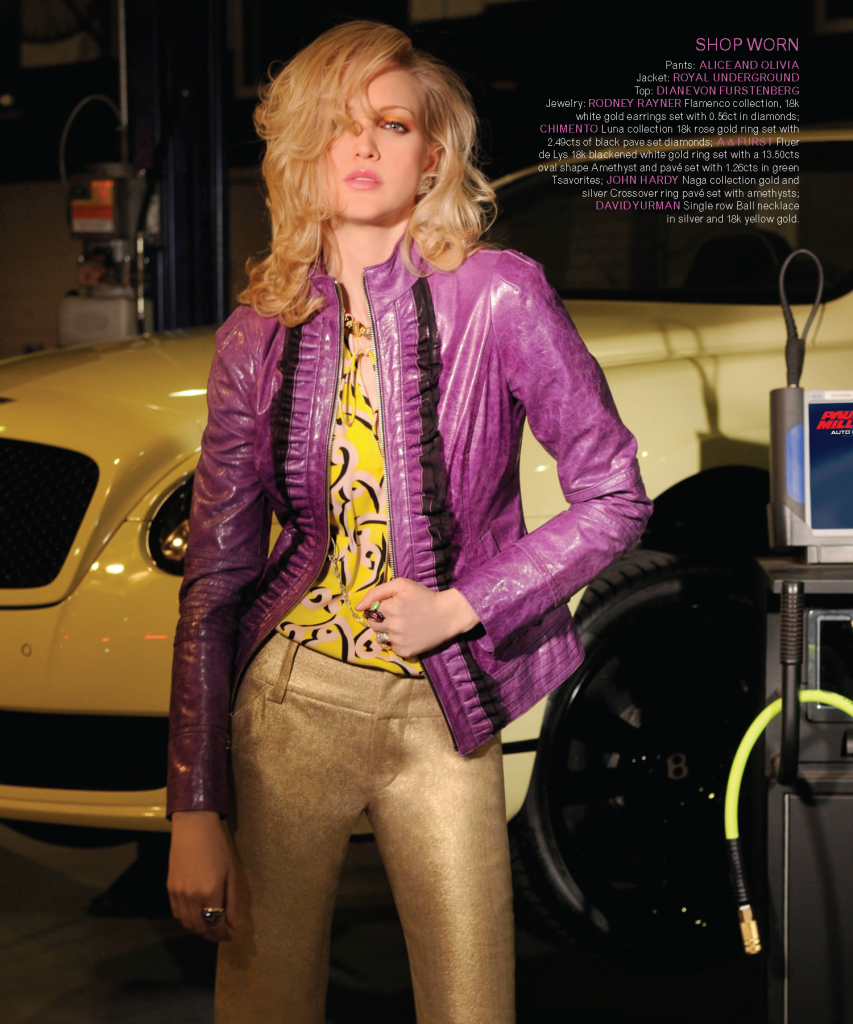

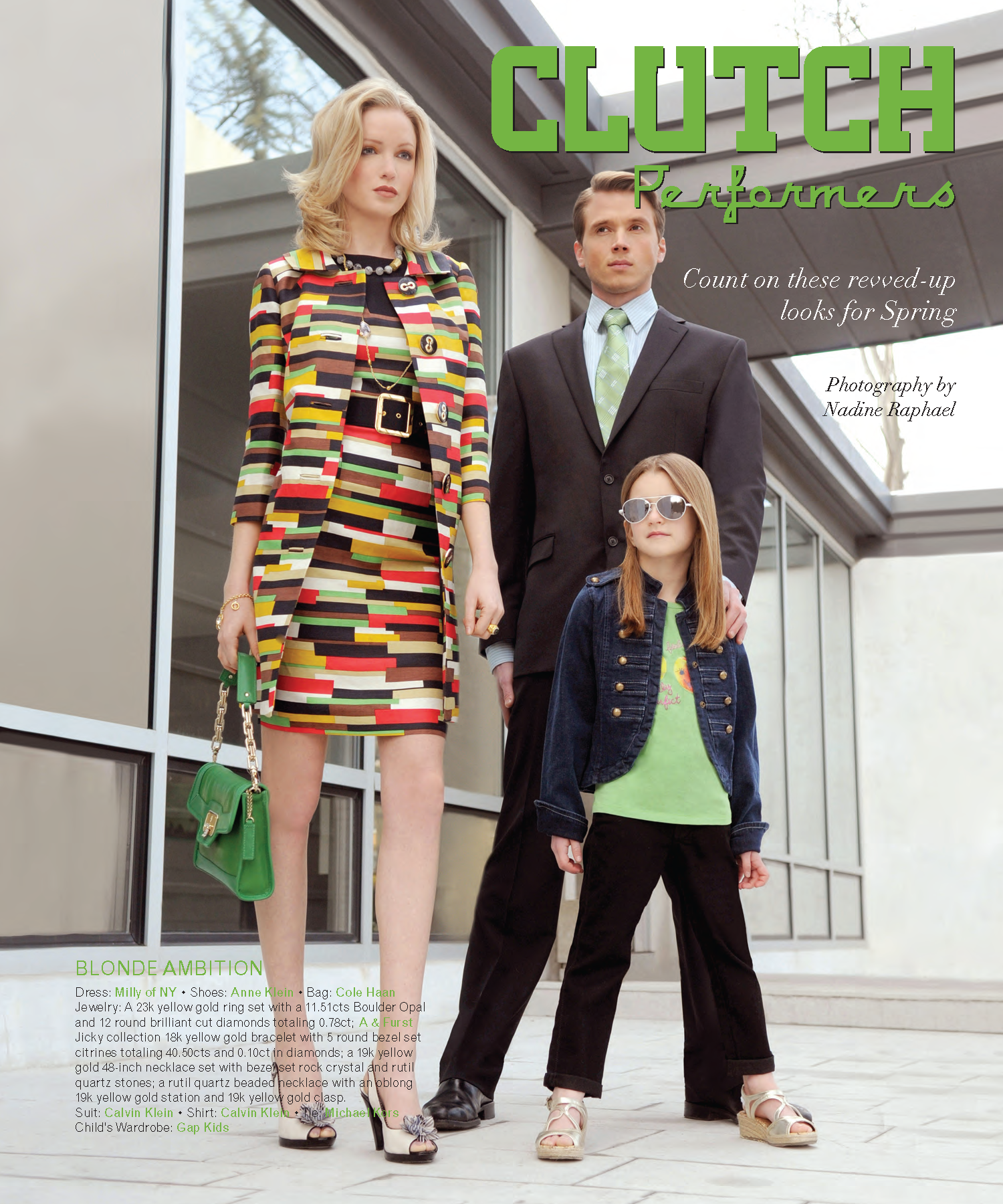
 yourself. But let’s be honest— New Jersey is hardly a breeding ground for stock-car racing talent. Well, just don’t tell that to the folks in Ocean County. Every weekend they root for one of their own, MARTIN TRUEX JR., to take the checkered flag against the likes of living legends Jimmie Johnson, Jeff Gordon and another “junior”—Dale Earnhardt. How does a world-class racer go from the dirt tracks of South Jersey to the legendary ovals and super speedways of NASCAR? Turns out, it’s all in the family.
yourself. But let’s be honest— New Jersey is hardly a breeding ground for stock-car racing talent. Well, just don’t tell that to the folks in Ocean County. Every weekend they root for one of their own, MARTIN TRUEX JR., to take the checkered flag against the likes of living legends Jimmie Johnson, Jeff Gordon and another “junior”—Dale Earnhardt. How does a world-class racer go from the dirt tracks of South Jersey to the legendary ovals and super speedways of NASCAR? Turns out, it’s all in the family.

 EDGE: The main sponsor of your car is NAPA. Do you have much interaction with them?
EDGE: The main sponsor of your car is NAPA. Do you have much interaction with them?
 our child into a name-brand college. In doing so, however, we are committing a heresy of emphasis; we have become so obsessed with the outcome that we have overlooked the whole point of the process. As a Certified Educational Planner with many years in the trenches of the “admissions game” (as one colleague playfully refers to it), I have accumulated an abundance of two things: anecdotes and raw data. The data speaks for itself; in the end, numbers are numbers. But the anecdotes—the “data” lived out through the hearts, hands, and hormones of respiring teenaged beings—is why I cannot imagine doing anything else with my life. It is this passion that is incendiary with my students; it is the invisible permission slip for each of them to permit themselves to dream of a life and future that is so meaningful, so gratifying, so spectacularly promising, that they cannot help but begin to vision what it might be. Which is why nothing makes me cringe like hearing a parent say, “WE want to apply to…” My philosophy is this: Focus on the student’s process of growth and self-discovery in the college application process, and the ideal college match will be the beautiful consequence. Your child’s “reach” school may not even be on your radar when you begin. Thus your first and most important effort should be to identify the best possible destination—not just for those four wonderful years, but for the rest of his or her life. I may be uttering heresy to those Type A’s among us (myself included) who cleave to the Machiavellian means-to-an-end mentality of Why do anything if it doesn’t get you to the next level in life? But the experts back me up. Steve Antonoff, of Antonoff and Associates in Denver, Colorado, says this about people in my profession: “The treasure the consultant has is not the list, the treasure lies in figuring out who a young person is and helping them discover what colleges will be the best fit for them.” What Antonoff is gesturing at is that a great consultant—or a great guidance counselor, or a wise mentor—will do whatever it takes to: 1) cut through the teen peer-pressure culture that oppressively enforces conformity, 2) focus on students for who they are, and 3) mirror back to them the unique gifts with which they have been blessed. In my own practice, I encourage each young person not to put his or her light under a basket, but to hold it aloft so as to illuminate the room, the school, the community and, I daresay, the globe. Only then does a true picture begin to emerge of the “best possible college.” Only then can a young person start building an application strategy to get into that school. In that spirit, consider the experiences and outcomes of the following four students…
our child into a name-brand college. In doing so, however, we are committing a heresy of emphasis; we have become so obsessed with the outcome that we have overlooked the whole point of the process. As a Certified Educational Planner with many years in the trenches of the “admissions game” (as one colleague playfully refers to it), I have accumulated an abundance of two things: anecdotes and raw data. The data speaks for itself; in the end, numbers are numbers. But the anecdotes—the “data” lived out through the hearts, hands, and hormones of respiring teenaged beings—is why I cannot imagine doing anything else with my life. It is this passion that is incendiary with my students; it is the invisible permission slip for each of them to permit themselves to dream of a life and future that is so meaningful, so gratifying, so spectacularly promising, that they cannot help but begin to vision what it might be. Which is why nothing makes me cringe like hearing a parent say, “WE want to apply to…” My philosophy is this: Focus on the student’s process of growth and self-discovery in the college application process, and the ideal college match will be the beautiful consequence. Your child’s “reach” school may not even be on your radar when you begin. Thus your first and most important effort should be to identify the best possible destination—not just for those four wonderful years, but for the rest of his or her life. I may be uttering heresy to those Type A’s among us (myself included) who cleave to the Machiavellian means-to-an-end mentality of Why do anything if it doesn’t get you to the next level in life? But the experts back me up. Steve Antonoff, of Antonoff and Associates in Denver, Colorado, says this about people in my profession: “The treasure the consultant has is not the list, the treasure lies in figuring out who a young person is and helping them discover what colleges will be the best fit for them.” What Antonoff is gesturing at is that a great consultant—or a great guidance counselor, or a wise mentor—will do whatever it takes to: 1) cut through the teen peer-pressure culture that oppressively enforces conformity, 2) focus on students for who they are, and 3) mirror back to them the unique gifts with which they have been blessed. In my own practice, I encourage each young person not to put his or her light under a basket, but to hold it aloft so as to illuminate the room, the school, the community and, I daresay, the globe. Only then does a true picture begin to emerge of the “best possible college.” Only then can a young person start building an application strategy to get into that school. In that spirit, consider the experiences and outcomes of the following four students…




 devices and e-readers (by this time next year there may be close to 100 out there!) seemed tailor-made for the technological needs and aspirations of schools at every level. Teachers, students and educational researchers all nod in agreement that we have come to at an important place in the evolution of learning. Things seem to be changing at light speed. The same pulse-quickening technology that drives lunchroom chatter is finding its way into classrooms all over the state in the form of SMART Boards, iPads and other devices that connect kids to information in attention grabbing ways. It’s an exciting time to be a student. For teachers, it’s a time of transition. They must evolve with the technology. Fortunately, the traditional forms of delivering information, despite losing ground, are not leaving the scene.
devices and e-readers (by this time next year there may be close to 100 out there!) seemed tailor-made for the technological needs and aspirations of schools at every level. Teachers, students and educational researchers all nod in agreement that we have come to at an important place in the evolution of learning. Things seem to be changing at light speed. The same pulse-quickening technology that drives lunchroom chatter is finding its way into classrooms all over the state in the form of SMART Boards, iPads and other devices that connect kids to information in attention grabbing ways. It’s an exciting time to be a student. For teachers, it’s a time of transition. They must evolve with the technology. Fortunately, the traditional forms of delivering information, despite losing ground, are not leaving the scene. Educational Advancement at Far Hills Country Day School, predicts that, 10 years from now, no one will be questioning the role of technology in schools. Everyone will have it and everyone will use it. “No longer will we be asking, ‘Should we use technology in this lesson?’ Technology will be portable and accessible all the time, everywhere—and a given tool for all learning.” When Donna Toryak of Mount Saint Mary Academy looks into her crystal ball, she predicts that paper, pencils and textbooks will be passé, and will no longer be a staple of the traditional classroom. “Online and virtual classrooms may replace what we now see as students sitting in rows at desks, listening to a lecture or annotating the day’s lessons. Technology is a very thrilling theme for the future.” The future has arrived at a growing number of New Jersey schools, and in some cases it’s in the hands of four-year olds. The Rumson Country Day School built a Passport to Adventure afternoon enrichment program around 10 recently purchased iPads. “Our pre-school iPad program enables students to learn through interaction with technology,” explains Laura Small, a teacher and administrator at RCDS. “They practice and master letter recognition, handwriting and math concepts technologically as well as traditionally.
Educational Advancement at Far Hills Country Day School, predicts that, 10 years from now, no one will be questioning the role of technology in schools. Everyone will have it and everyone will use it. “No longer will we be asking, ‘Should we use technology in this lesson?’ Technology will be portable and accessible all the time, everywhere—and a given tool for all learning.” When Donna Toryak of Mount Saint Mary Academy looks into her crystal ball, she predicts that paper, pencils and textbooks will be passé, and will no longer be a staple of the traditional classroom. “Online and virtual classrooms may replace what we now see as students sitting in rows at desks, listening to a lecture or annotating the day’s lessons. Technology is a very thrilling theme for the future.” The future has arrived at a growing number of New Jersey schools, and in some cases it’s in the hands of four-year olds. The Rumson Country Day School built a Passport to Adventure afternoon enrichment program around 10 recently purchased iPads. “Our pre-school iPad program enables students to learn through interaction with technology,” explains Laura Small, a teacher and administrator at RCDS. “They practice and master letter recognition, handwriting and math concepts technologically as well as traditionally.
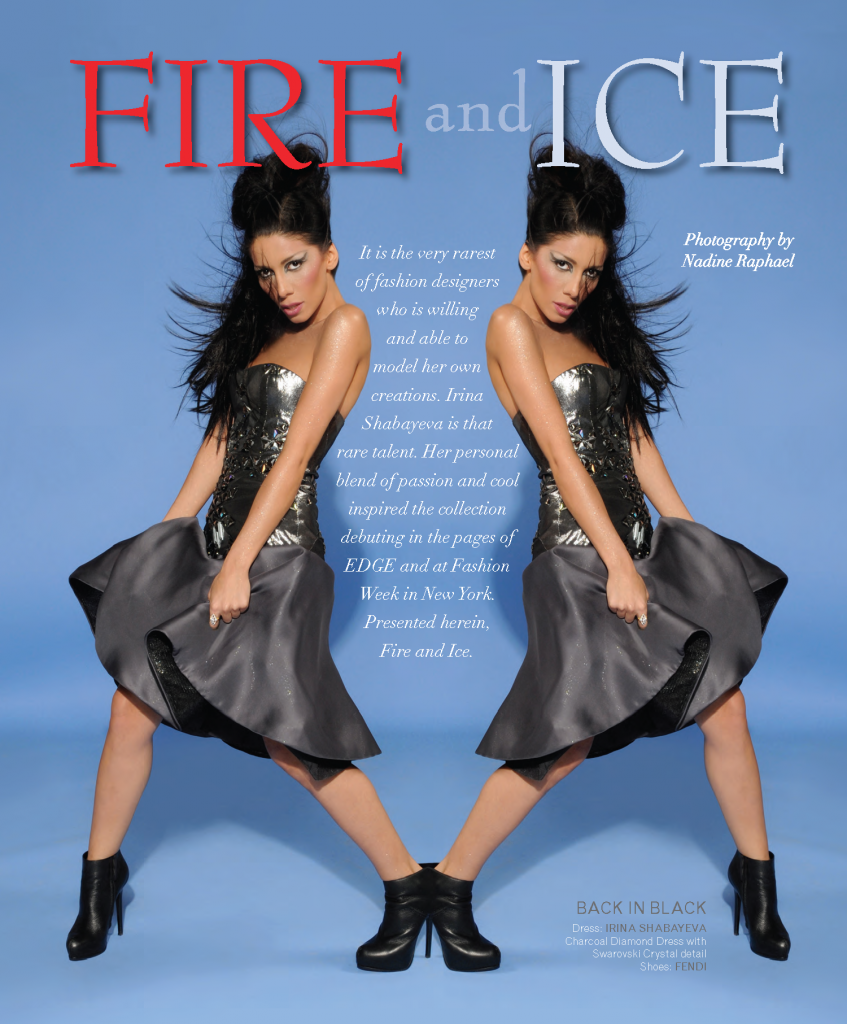

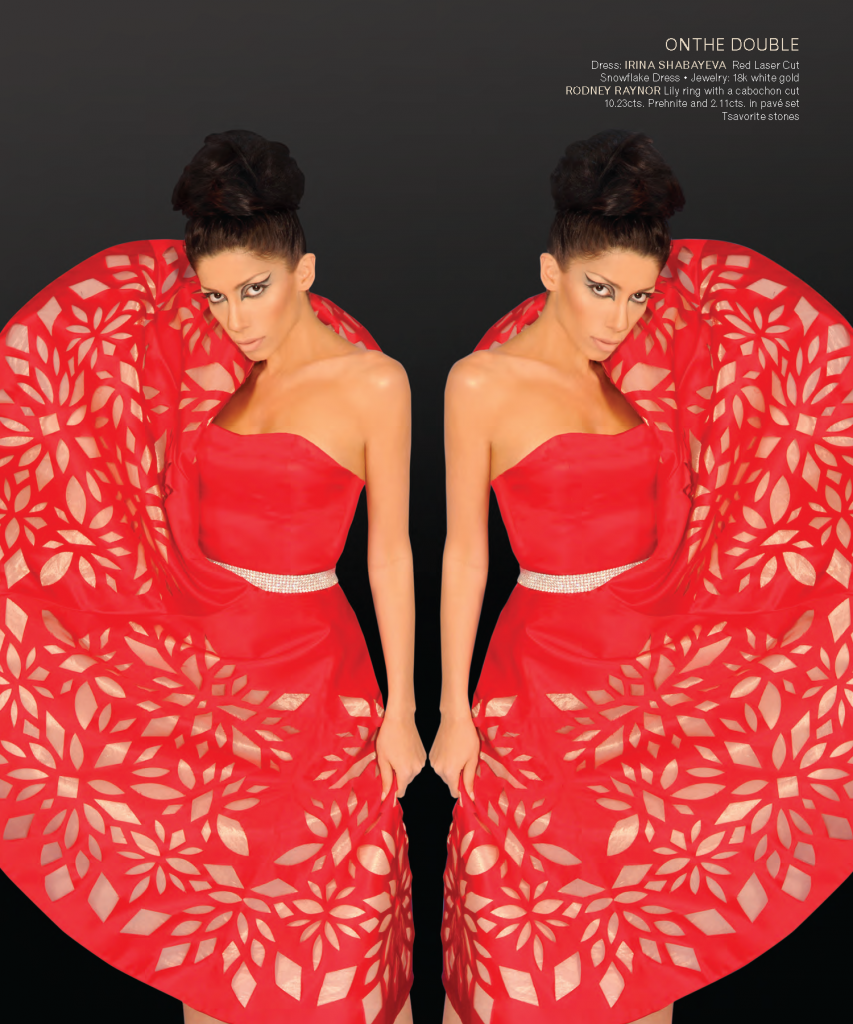
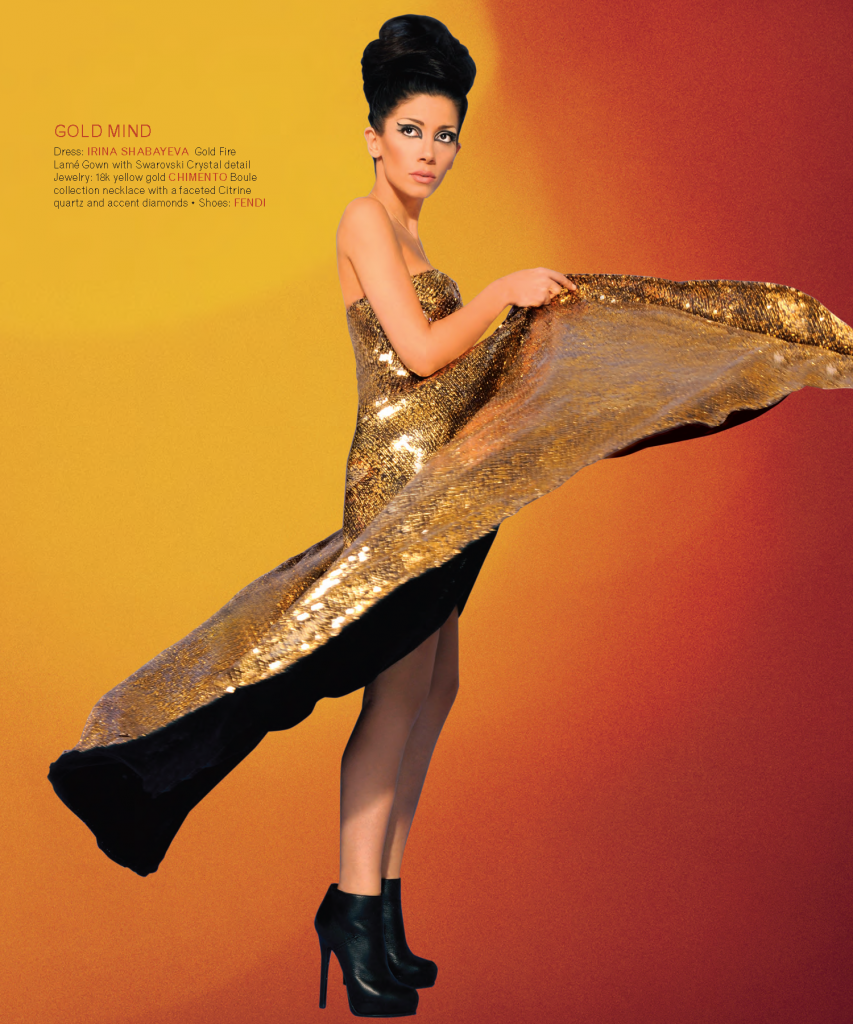
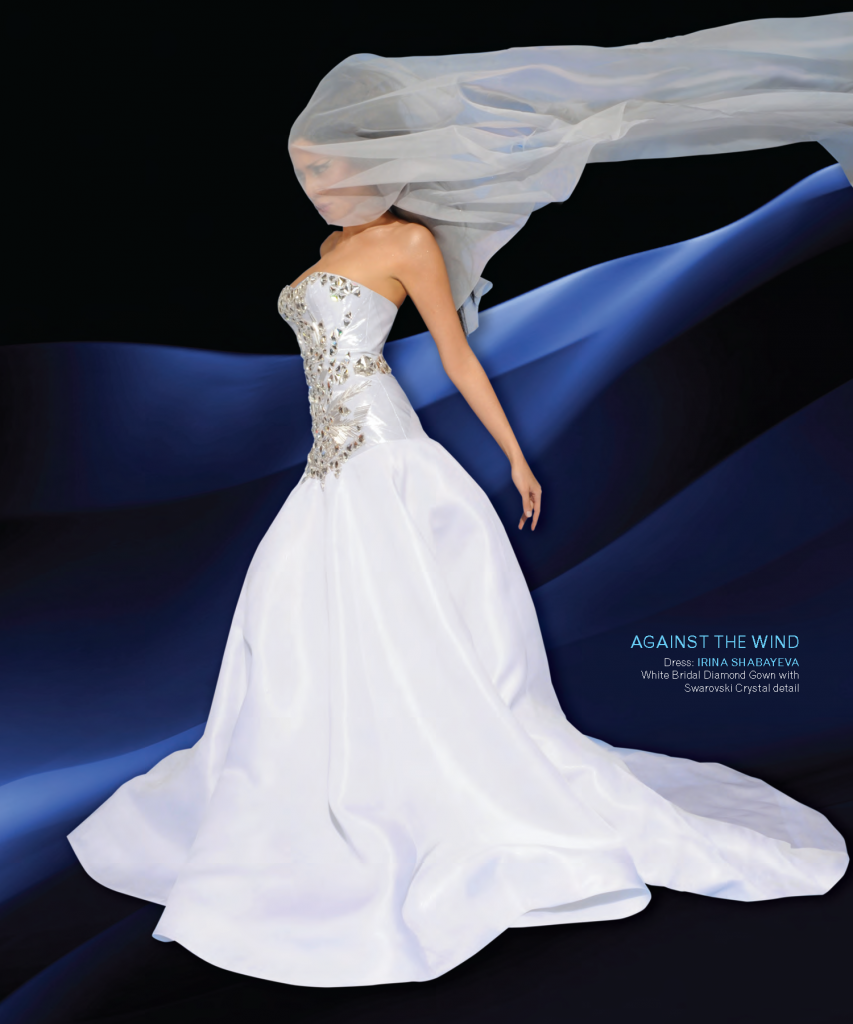
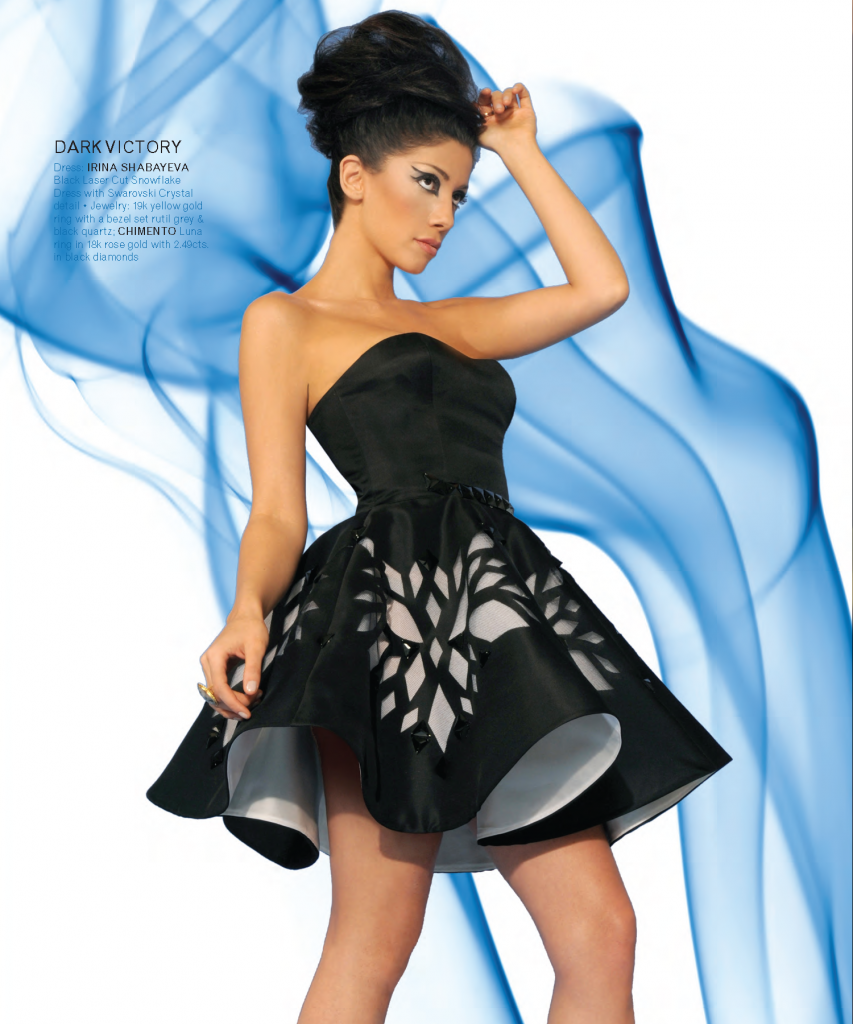



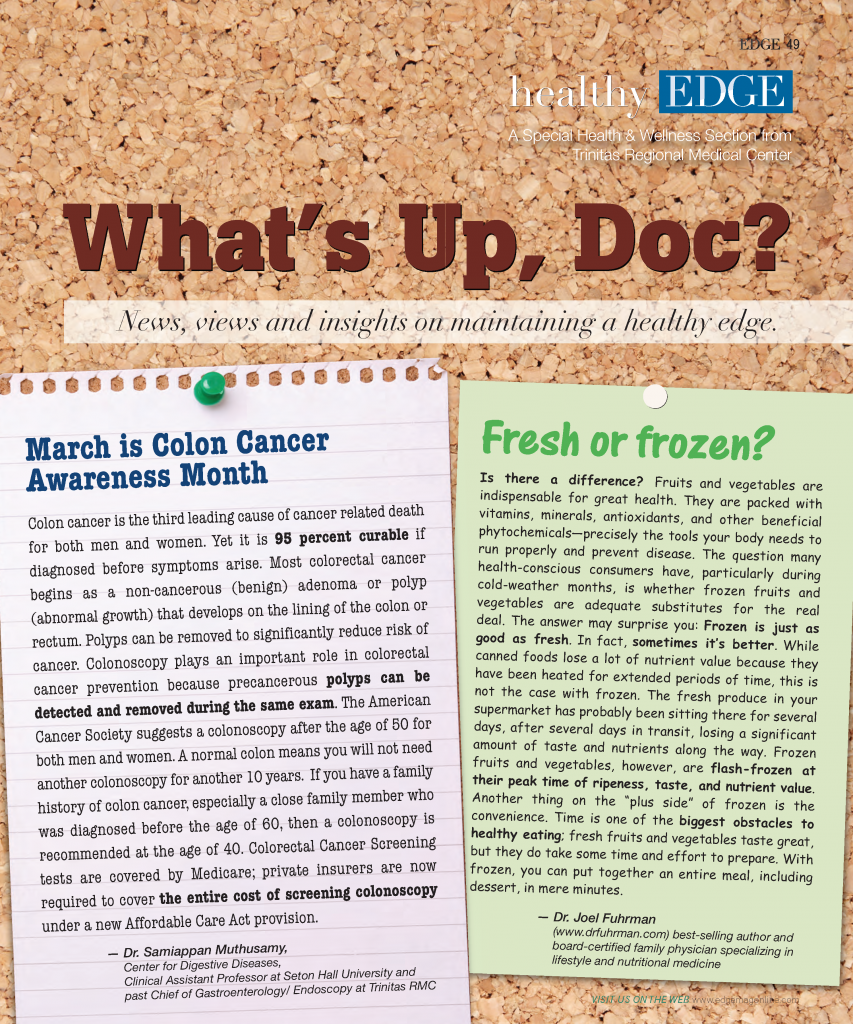
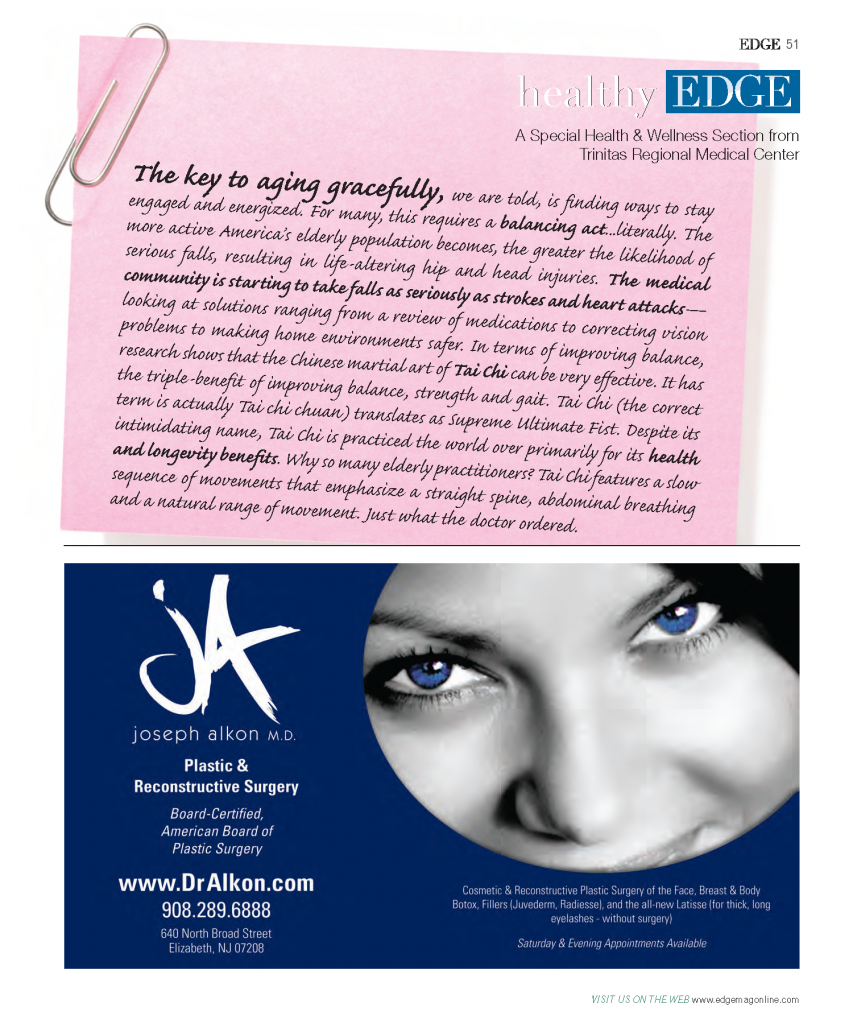
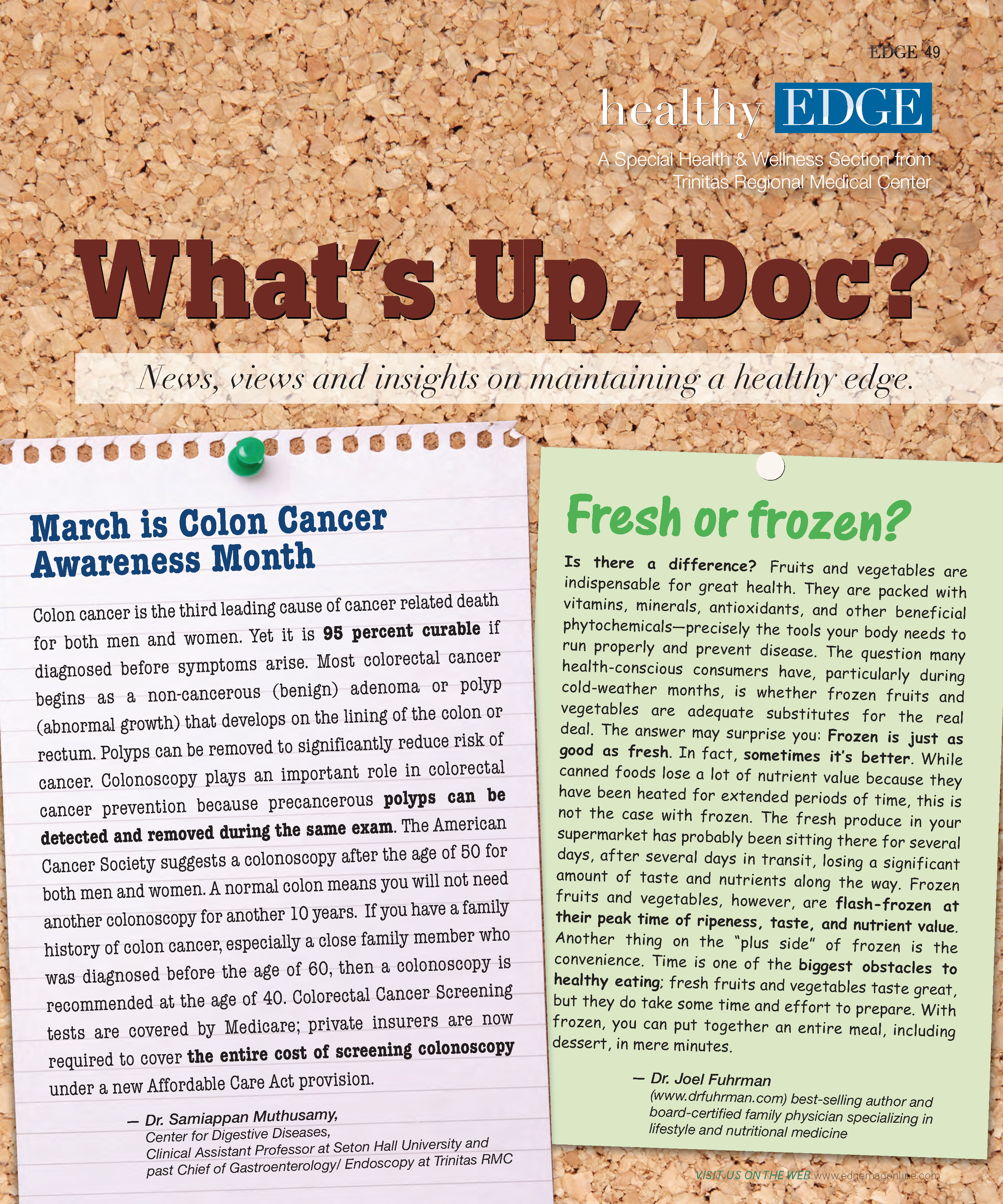

 surgeon, Dr. Cuadra is a specialist who treats diseases of the major blood vessels. A member of the Cardiovascular Care Group (with offices at Trinitas and in Westfield, Springfield and Belleville), he treats problems with the carotid arteries in the neck, as well as the veins and arteries in the abdomen, arms and lower extremities. One of Dr. Cuadra’s specialties is called a carotid endarterectomy. In lay terms, this is a surgical procedure that addresses blockages in the artery feeding the brain. Plaque can build up and potentially cause a stroke. The surgery literally “shells out,” or removes, the plaque through a small neck incision. Although the condition is extremely serious, the surgical prognosis is excellent and recovery time is relatively short. Typically, it involves only an overnight hospital stay. Within the past decade, there have been other advances in the development of less invasive treatments for vascular system disorders. Most of these involve the use of stents, which are applied through a catheter inserted through the groin area. The less invasive nature of this procedure certainly makes it more attractive to patients. Vascular surgeons routinely perform angioplasty to repair arteries that are blocked or narrowed. There has been much recent research and discussion about the relative efficacy of stents compared to surgery. The much-publicized CREST Trial has indicated that stents have no statistical advantage over surgery and, in certain cases, might even run a higher risk of subsequent stroke. However, Dr. Cuadra is uniquely qualified to perform either angioplasty or surgery. He has found that some patients have better results with angioplasty and stents, while others benefit more from surgery. Another problem that can be addressed by inserting a stent is an aneurysm. In such a case, an artery develops a bulge (widening) rather than a blockage. Over time, this can cause a weakening in the arterial wall. A vascular surgeon will perform a procedure to insert a specialized stent that allows blood to pass through it removing the pressure on the arterial wall (the aneurysm) thereby reducing the risk of rupture. At present, dialysis patients constitute approximately 50% of Dr. Cuadra’s group practice. In cases of kidney failure— which requires hemodialysis to remove toxic waste and excess fluid from the bloodstream—surgery is done to establish the necessary connection between an artery and a vein thereby allowing for dialysis to be performed. Of the remaining 50%, different people land in his office in a number of different ways. Many patients come via their PCP referral already suffering from obesity and/or diabetes; their doctor may have found an abnormality through physical examination or through an ultrasound, or some other procedure such as a CT scan. Others come because of physical symptoms such as loss of circulation to the legs causing pain, ulcerations, and even gangrene in the extremity. Although Dr. Cuadra says he enjoys working with patients to prevent the onset of vascular disease, he embraces the myriad challenges he faces every day. Being a surgeon suits him, he says. “I like using my hands to solve relatively serious patient problems. Surgery is more rewarding to me than some other specialties. I can see a problem, diagnose it and fix it in a relatively short time period.” EDGE
surgeon, Dr. Cuadra is a specialist who treats diseases of the major blood vessels. A member of the Cardiovascular Care Group (with offices at Trinitas and in Westfield, Springfield and Belleville), he treats problems with the carotid arteries in the neck, as well as the veins and arteries in the abdomen, arms and lower extremities. One of Dr. Cuadra’s specialties is called a carotid endarterectomy. In lay terms, this is a surgical procedure that addresses blockages in the artery feeding the brain. Plaque can build up and potentially cause a stroke. The surgery literally “shells out,” or removes, the plaque through a small neck incision. Although the condition is extremely serious, the surgical prognosis is excellent and recovery time is relatively short. Typically, it involves only an overnight hospital stay. Within the past decade, there have been other advances in the development of less invasive treatments for vascular system disorders. Most of these involve the use of stents, which are applied through a catheter inserted through the groin area. The less invasive nature of this procedure certainly makes it more attractive to patients. Vascular surgeons routinely perform angioplasty to repair arteries that are blocked or narrowed. There has been much recent research and discussion about the relative efficacy of stents compared to surgery. The much-publicized CREST Trial has indicated that stents have no statistical advantage over surgery and, in certain cases, might even run a higher risk of subsequent stroke. However, Dr. Cuadra is uniquely qualified to perform either angioplasty or surgery. He has found that some patients have better results with angioplasty and stents, while others benefit more from surgery. Another problem that can be addressed by inserting a stent is an aneurysm. In such a case, an artery develops a bulge (widening) rather than a blockage. Over time, this can cause a weakening in the arterial wall. A vascular surgeon will perform a procedure to insert a specialized stent that allows blood to pass through it removing the pressure on the arterial wall (the aneurysm) thereby reducing the risk of rupture. At present, dialysis patients constitute approximately 50% of Dr. Cuadra’s group practice. In cases of kidney failure— which requires hemodialysis to remove toxic waste and excess fluid from the bloodstream—surgery is done to establish the necessary connection between an artery and a vein thereby allowing for dialysis to be performed. Of the remaining 50%, different people land in his office in a number of different ways. Many patients come via their PCP referral already suffering from obesity and/or diabetes; their doctor may have found an abnormality through physical examination or through an ultrasound, or some other procedure such as a CT scan. Others come because of physical symptoms such as loss of circulation to the legs causing pain, ulcerations, and even gangrene in the extremity. Although Dr. Cuadra says he enjoys working with patients to prevent the onset of vascular disease, he embraces the myriad challenges he faces every day. Being a surgeon suits him, he says. “I like using my hands to solve relatively serious patient problems. Surgery is more rewarding to me than some other specialties. I can see a problem, diagnose it and fix it in a relatively short time period.” EDGE 
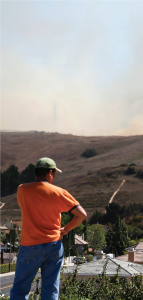
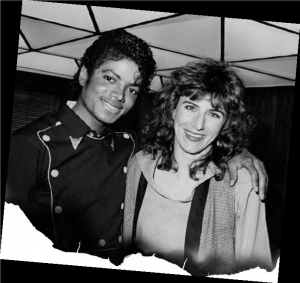




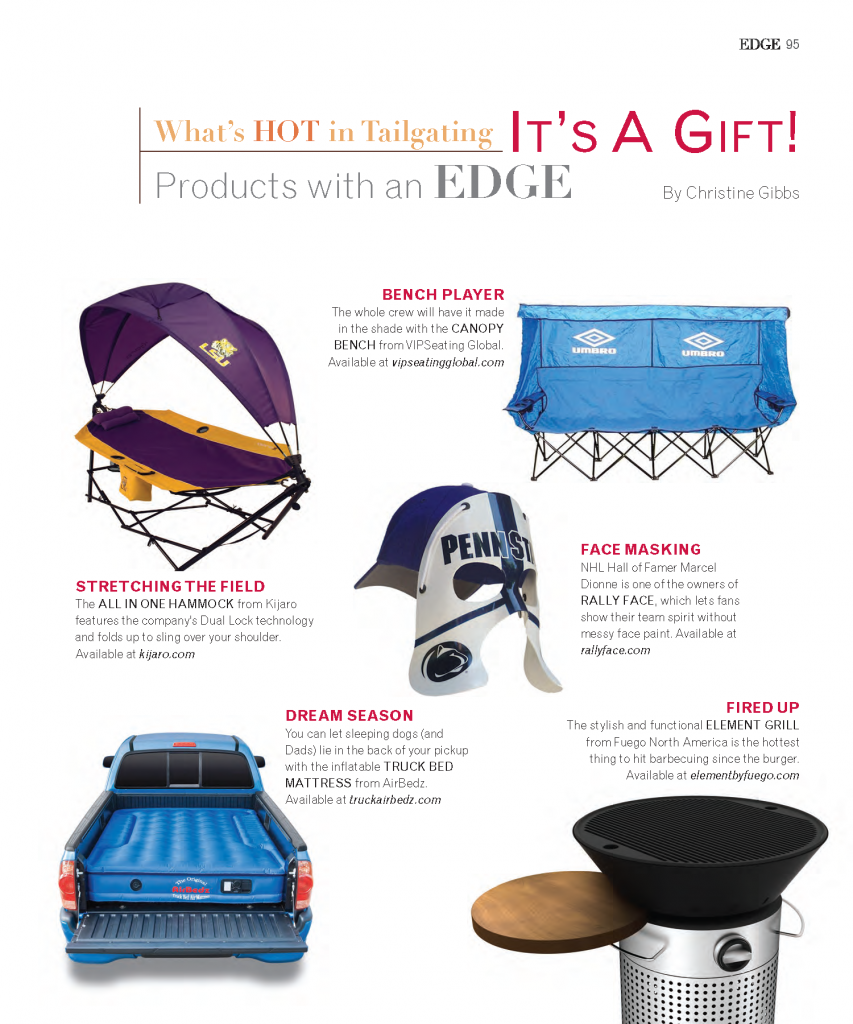
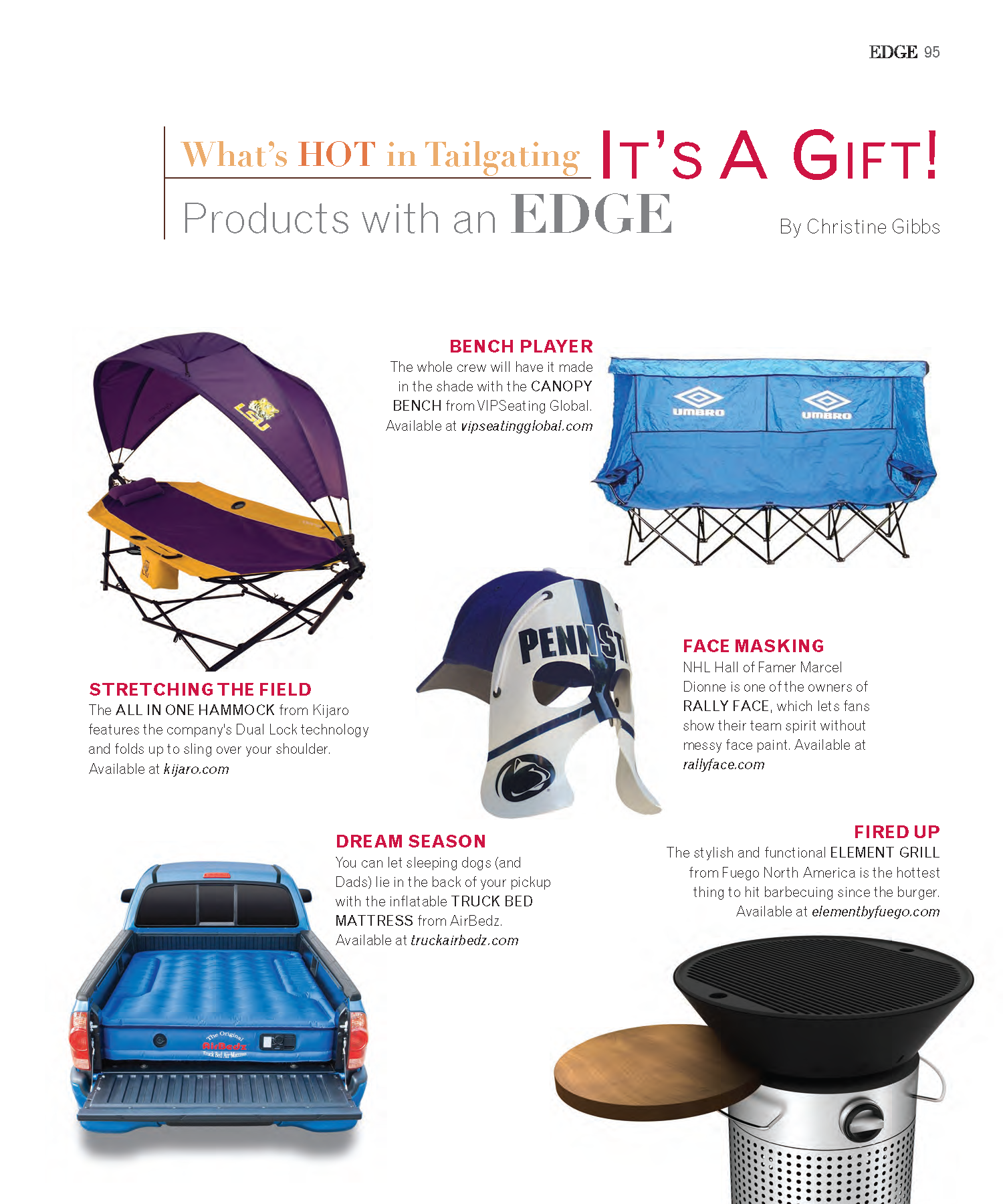
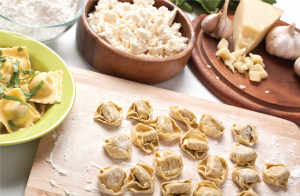 mble restaurant where local favorites are served. Frank Rizzo, chef-owner of The Italian Pantry Bistro, follows through on all the promises made in the restaurant’s name on his menu—in his cooking and in the attitude set forth in this small, near-Spartan storefront in downtown Cranford. “Comfort” may have become a gastronomic cliché, yet Rizzo and his crew disregard it as a sound-bite and wend their way around its possibilities with confidence and a smack of creativity. All that makes Italian Pantry a fun place to dig in to hearty grub. Which is why this BYOB is crowded from the ring of the dinner bell ’til last call from the kitchen. And why families, kids in tow, can be spotted doing early-shift eating—and couples catching a casual-dress date night knock wineglasses in twosomes and foursomes later on. For all its popularity in Union County, it flies under the radar of many of New Jersey’s restaurant groupies. That might be because it is devoted to the now-rather-passé Comfort Food category. Yet I’d bet a bite of sage-tinged French toast, in full fall regalia with the flavors of poached pear, red onion and a pungent blue cheese sauce, might tempt those trackers of trends. I know the baby-back ribs could stand against anything a destination barbecue shack in the South might be dishing up. You could rack up the clichés describing them—falling off the bone, licked with sauce neither too tart nor too sugared—but the point is the sincerity of the preparation. And, absolutely, the pert, moist, just-shy-of-sturdy cornbread served on the side. You could spend a lot of time wondering why you might never before have come across a sweet potato dumpling. Gently kneaded flour-water dough is plied into myriad shapes and stuffed with all manner of fillings the world over, but the marriage of petite fried turnover and mashed sweet potato is rare. It shouldn’t be. Especially if a swirl of chive oil is used as a spirited accent as it is here. Crunchy calamari with a tomato fondue reads like a signature dish for a restaurant called The Italian Pantry Bistro. But it was the weak link in the opening rounds, with too-tough squid giving off too much frying oil and a dipping sauce that needed to pack more of a spice punch. You’ll expect—and you’ll get—burgers, pizzas and pastas in this hometown-proud spot. But there’s always a twist, or a hint of something extra. It might be a “Buffalo”-style burger paying homage to that city’s famous Anchor Bar wings, slathered as it is with blue cheese. Or a beefy patty that’s another trip to the South, with Tennessee bacon, mushrooms, onions, Cheddar and a slap of that excellent house barbecue sauce. There’s a hint of truffle oil, a substance I usually dread, in the mix, but it’s a background note. Personal-size (jumbo personal-size, th
mble restaurant where local favorites are served. Frank Rizzo, chef-owner of The Italian Pantry Bistro, follows through on all the promises made in the restaurant’s name on his menu—in his cooking and in the attitude set forth in this small, near-Spartan storefront in downtown Cranford. “Comfort” may have become a gastronomic cliché, yet Rizzo and his crew disregard it as a sound-bite and wend their way around its possibilities with confidence and a smack of creativity. All that makes Italian Pantry a fun place to dig in to hearty grub. Which is why this BYOB is crowded from the ring of the dinner bell ’til last call from the kitchen. And why families, kids in tow, can be spotted doing early-shift eating—and couples catching a casual-dress date night knock wineglasses in twosomes and foursomes later on. For all its popularity in Union County, it flies under the radar of many of New Jersey’s restaurant groupies. That might be because it is devoted to the now-rather-passé Comfort Food category. Yet I’d bet a bite of sage-tinged French toast, in full fall regalia with the flavors of poached pear, red onion and a pungent blue cheese sauce, might tempt those trackers of trends. I know the baby-back ribs could stand against anything a destination barbecue shack in the South might be dishing up. You could rack up the clichés describing them—falling off the bone, licked with sauce neither too tart nor too sugared—but the point is the sincerity of the preparation. And, absolutely, the pert, moist, just-shy-of-sturdy cornbread served on the side. You could spend a lot of time wondering why you might never before have come across a sweet potato dumpling. Gently kneaded flour-water dough is plied into myriad shapes and stuffed with all manner of fillings the world over, but the marriage of petite fried turnover and mashed sweet potato is rare. It shouldn’t be. Especially if a swirl of chive oil is used as a spirited accent as it is here. Crunchy calamari with a tomato fondue reads like a signature dish for a restaurant called The Italian Pantry Bistro. But it was the weak link in the opening rounds, with too-tough squid giving off too much frying oil and a dipping sauce that needed to pack more of a spice punch. You’ll expect—and you’ll get—burgers, pizzas and pastas in this hometown-proud spot. But there’s always a twist, or a hint of something extra. It might be a “Buffalo”-style burger paying homage to that city’s famous Anchor Bar wings, slathered as it is with blue cheese. Or a beefy patty that’s another trip to the South, with Tennessee bacon, mushrooms, onions, Cheddar and a slap of that excellent house barbecue sauce. There’s a hint of truffle oil, a substance I usually dread, in the mix, but it’s a background note. Personal-size (jumbo personal-size, th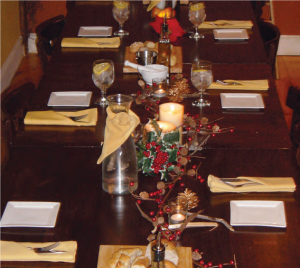 at is) pizzas (here, called pizzettas) aren’t the corner takeout kind. We took to the potato-onion-mascarpone pie, loving its charred crust and light-on-the-toppings style. I would’ve liked it even more with a more generous sprinkle of big-flake sea salt. Something to think about. That pizzetta offered a better use of the spud than the potato gnocchi, which weighed heavy in a terrific pumpkin beurre fondue sporting crispy fried sage leaves. That combo of high-fall pumpkin and butter has potential galore. You’ll see another riff on often-tired comfort fare in Rizzo’s chicken pot pie, which is topped with cornbread instead of either pastry or biscuit. It has all the usual suspects within (chicken chunks, mushrooms, peas, carrots) and a soothing gravy to bind it all together. Johnny Blue mussels, however, are anything but predictable. This season, the kitchen’s playing the pumpkin theme big, and it sets the bivalves in a startling sauce of pumpkin dotted with flecks of cranberries. It seems discordant at first, that swash of mildly sweet sauce with mussels, but there’s something funky and fun about the pairing. And the stand-up fries on the side don’t mind the frivolity. You guessed right: There’s a cupcake on the dessert menu. On this night, it’s a mini sweet potato number dressed in toasted marshmallow frosting. It’s fit for Thanksgiving. I had to laugh, eating one, as I imagined Rizzo and his kitchen team devising it as a spoof to all those marshmallow-topped sweet potato casseroles on holiday tables. Less satisfying was a baked apple dumpling that lacked substantial apple presence and seemed to try to compensate with too much walnut-raisin stuffing and a burst of butterscotch sauce. But a well-balanced poached pear crème brulée with a properly crusted top hit its stride, and the high mark for finales. The Italian Pantry Bistro is a neighborhood restaurant with a voice. It’s deliberately modest and humble, like many storefront BYOBs, but it doesn’t run with the pack by playing it safe with familiar dishes. No, instead, Italian Pantry spins comfort in a way that makes it impossible to take the genre for granted. EDGE
at is) pizzas (here, called pizzettas) aren’t the corner takeout kind. We took to the potato-onion-mascarpone pie, loving its charred crust and light-on-the-toppings style. I would’ve liked it even more with a more generous sprinkle of big-flake sea salt. Something to think about. That pizzetta offered a better use of the spud than the potato gnocchi, which weighed heavy in a terrific pumpkin beurre fondue sporting crispy fried sage leaves. That combo of high-fall pumpkin and butter has potential galore. You’ll see another riff on often-tired comfort fare in Rizzo’s chicken pot pie, which is topped with cornbread instead of either pastry or biscuit. It has all the usual suspects within (chicken chunks, mushrooms, peas, carrots) and a soothing gravy to bind it all together. Johnny Blue mussels, however, are anything but predictable. This season, the kitchen’s playing the pumpkin theme big, and it sets the bivalves in a startling sauce of pumpkin dotted with flecks of cranberries. It seems discordant at first, that swash of mildly sweet sauce with mussels, but there’s something funky and fun about the pairing. And the stand-up fries on the side don’t mind the frivolity. You guessed right: There’s a cupcake on the dessert menu. On this night, it’s a mini sweet potato number dressed in toasted marshmallow frosting. It’s fit for Thanksgiving. I had to laugh, eating one, as I imagined Rizzo and his kitchen team devising it as a spoof to all those marshmallow-topped sweet potato casseroles on holiday tables. Less satisfying was a baked apple dumpling that lacked substantial apple presence and seemed to try to compensate with too much walnut-raisin stuffing and a burst of butterscotch sauce. But a well-balanced poached pear crème brulée with a properly crusted top hit its stride, and the high mark for finales. The Italian Pantry Bistro is a neighborhood restaurant with a voice. It’s deliberately modest and humble, like many storefront BYOBs, but it doesn’t run with the pack by playing it safe with familiar dishes. No, instead, Italian Pantry spins comfort in a way that makes it impossible to take the genre for granted. EDGE 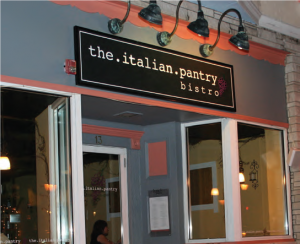 The Italian Pantry Bistro 13 Eastman St., Cranford 908.272.7790 Open from 11:30 a.m. to 9 p.m. Tuesday through Thursday, from 11:30 a.m. to 10 p.m. Friday and Saturday, and from 5 to 9 p.m. Sunday. Closed Mondays. Reservations accepted for Sunday, Tuesday through Thursday only; it’s first-come, first-served on Fridays and Saturdays. All major credit cards accepted. BYOB. Appetizers generally range from $8 to $14, burgers $13 to $14, pizzas from $9 to $14 and pastas $20 and up. Entrees are $22 to $32.
The Italian Pantry Bistro 13 Eastman St., Cranford 908.272.7790 Open from 11:30 a.m. to 9 p.m. Tuesday through Thursday, from 11:30 a.m. to 10 p.m. Friday and Saturday, and from 5 to 9 p.m. Sunday. Closed Mondays. Reservations accepted for Sunday, Tuesday through Thursday only; it’s first-come, first-served on Fridays and Saturdays. All major credit cards accepted. BYOB. Appetizers generally range from $8 to $14, burgers $13 to $14, pizzas from $9 to $14 and pastas $20 and up. Entrees are $22 to $32.